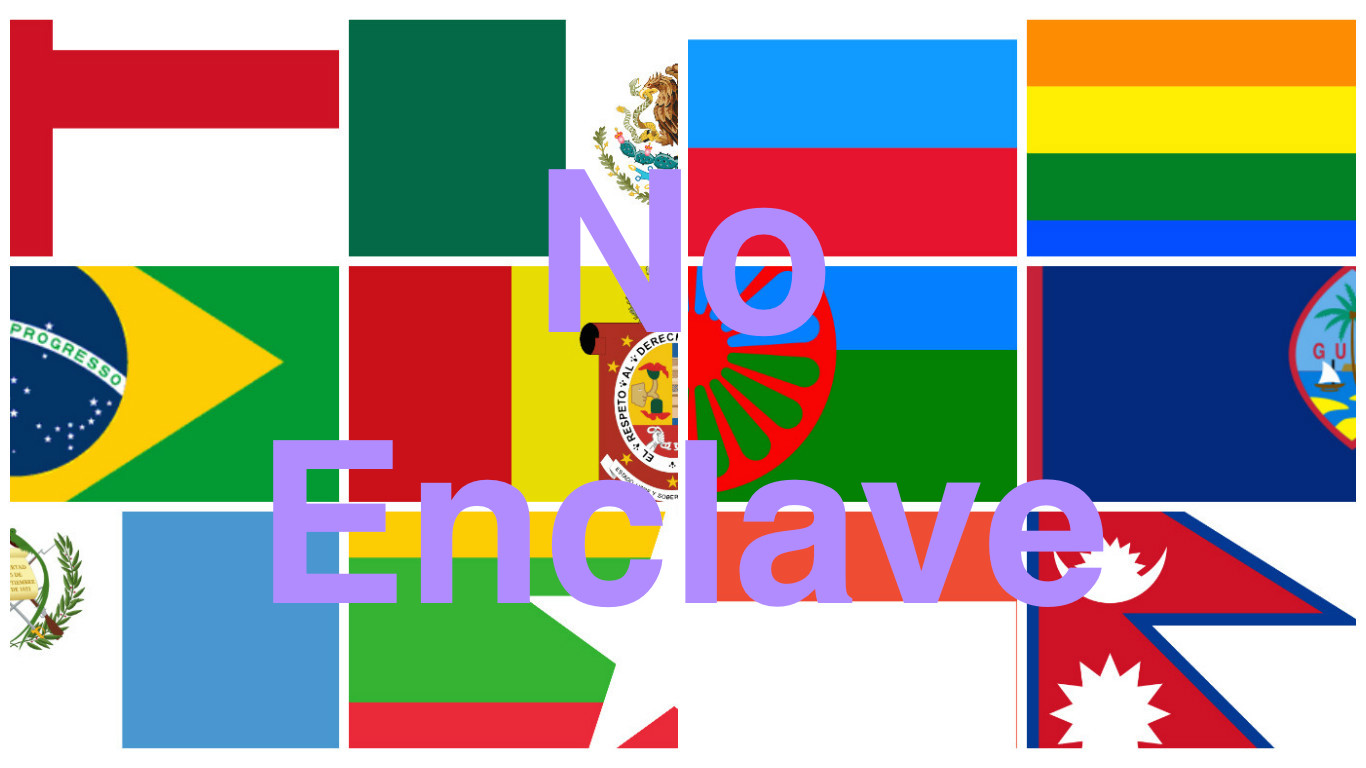
Canadian-Americans are a largely overlooked minority in the vast landscape of Los Angeles‘s diversity. Los Angeles, after all, has no Little Toronto nor an Historic Canuck Town. Whereas immigrants from south of the Rio Grande are celebrated, vilified, romanticized, ignored, and pandered to; those from north of the 49th Parallel are practically invisible.
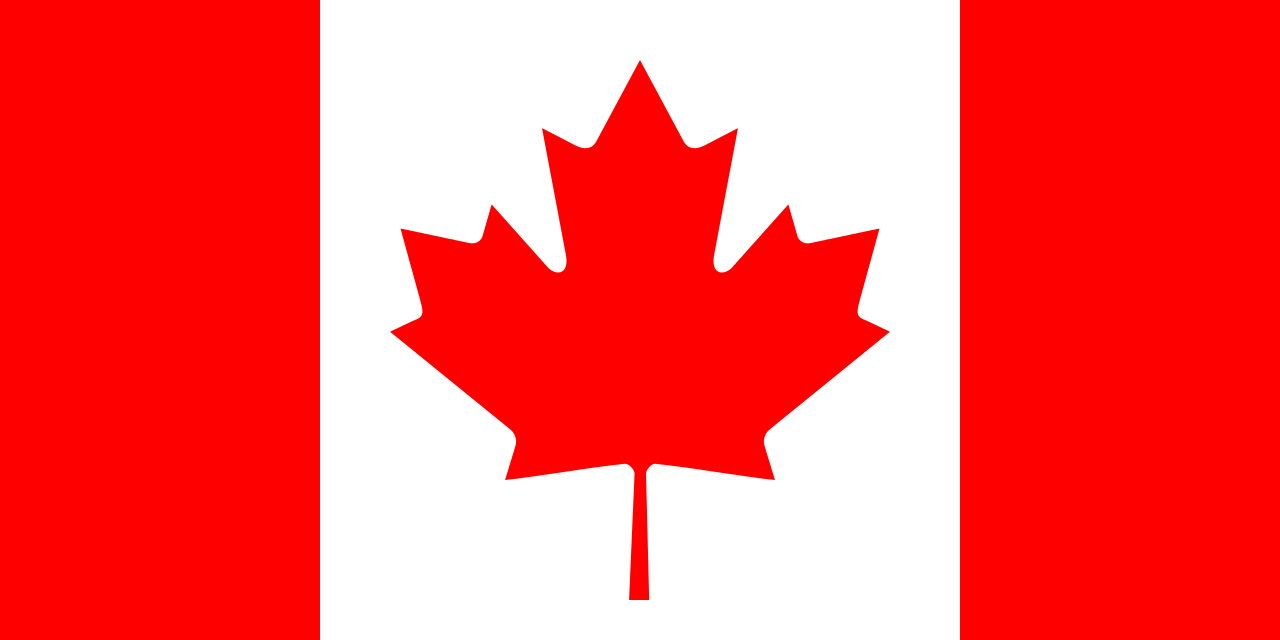
To be fair, Mexican-Americans comprise 47.5% of Los Angeles’s population whereas Canadian-Americans comprised only .3%. Still, numbering about 44,000, there are still more Canadians living in Los Angeles than there are in any town on Prince Edward Island or, for that matter, than in all three of Canada’s territories (Northwest Territories, Nunavut, and Yukon).
Shortly after moving to Los Angeles, I visited Vancouver for the first time. Despite Los Angeles’s diversity, I was surprised upon my return to learn of the existence of a Canadian restaurant in the San Gabriel Valley. Later, whilst researching the beginnings of Hollywood, I was surprised to learn that many of those silent stars, although unheard, were speaking in Canadian dialects. My thoughts again turned to Canadian-Los Angeles when the 2010 census revealed that the majority of the Lake Towns‘ populations were from Canada.
By size, Canada is the second-largest country in the world, surpassed only by Russia. Its population, though, is relatively small, just 35.16 million in 2013 — less than that of much smaller countries like Korea, Ethiopia, or Vietnam; less, in fact, than the state of California. California’s population surpassed that of Canada’s in 1984, the same year Canada’s MuchMusic was launched and Labatt introduced the twist-off cap.
CANADIAN-AMERICANS
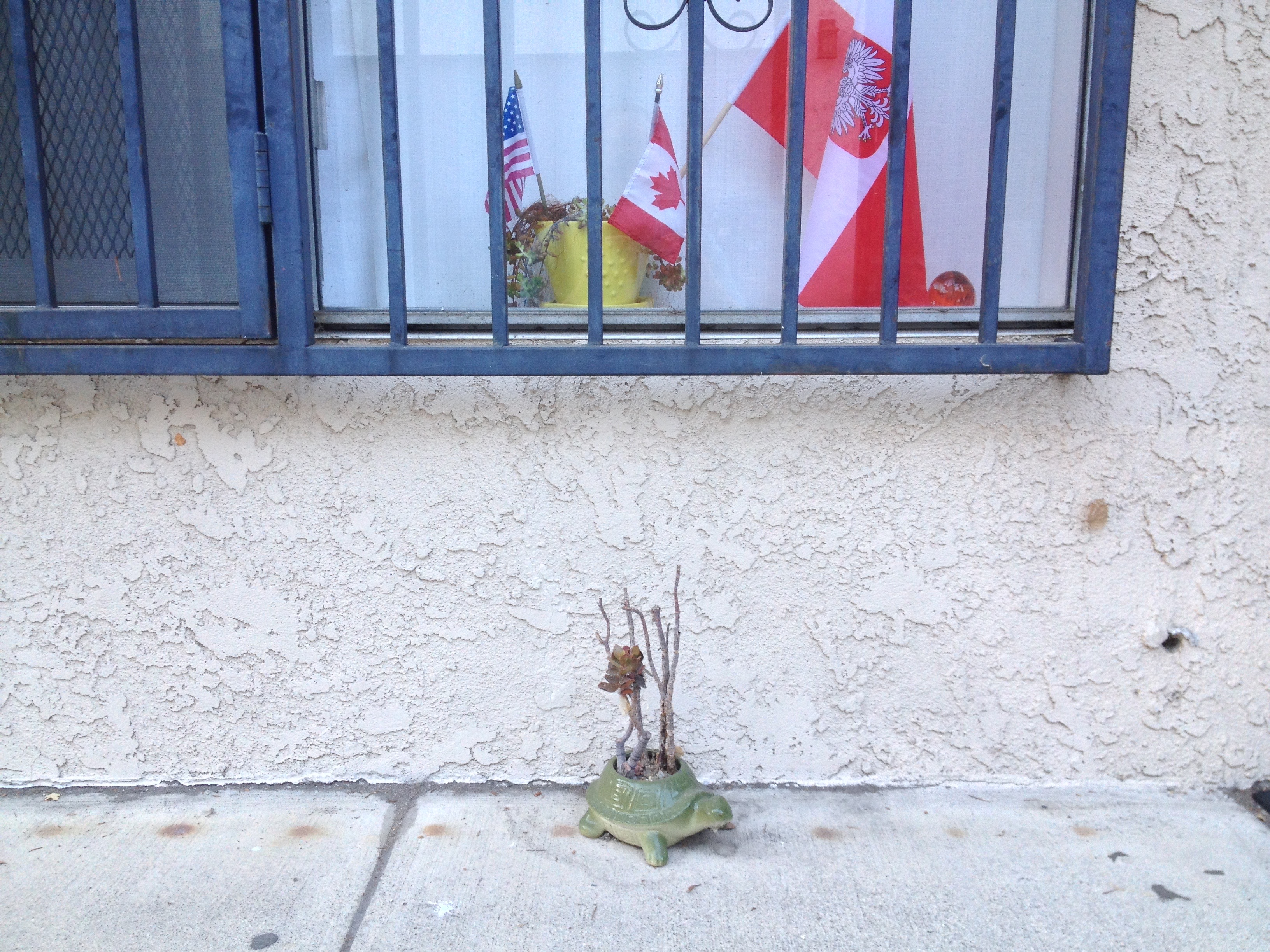




The US census makes no distinction between naturalized Canadian immigrants and native-born Americans with Canadian ancestors. It’s rare to hear an American of Canadian ancestry self-identify as Canadian-American, though, at least in my experience. There have been, however, several Angelenos with Canadian ancestry including Walt Disney, Rudy Vallée, Matt Frewer, Robert Goulet, Kiefer Sutherland, Missy Franklin, Robin Thicke, and Mark Wahlberg.
CANADIAN POPULATION IN LOS ANGELES
There is no area in Los Angeles County in which Canadian-Americans are dominant but there are several communities in which Canadian-born make up either the largest or second largest percentage of foreign-born: Lopez & Kagel Canyons (19%), Elizabeth Lake (15%), Lake Hughes (15%), Tujunga Canyons (14%), Hidden Hills (13%), Topanga (11%), Westlake Village (11%), Malibu (11%), Acton (10%), Greater Los Angeles Healthcare System of the Department of Veterans Affairs, West Los Angeles Campus (10%), Santa Monica Mountains (including the village of Cornell) (8%), Ladera Heights (7%), Calabasas (7%), and Century City (6%). Of those, only Century City and Pacific Palisades (home to Hamilton, Ontario-born actor Martin Short) are neighborhoods within the city of Los Angeles.
CANADIAN VS AMERICAN ENGLISH
I suspect that Canadian-Americans are a relatively invisible minority because both the US and Canada have cultural roots in Great Britain and Anglo-Canadians easily assimilate into Anglo-America. Compared to other English speakers, Americans are as a whole strangely deaf to the nuances of regional English dialects. To be sure, many but not all Anglo-Canadian and Anglo-American dialects are similar but they’re also recognizably different to anyone paying any degree of attention. Nonetheless, I’ve never heard an American do a convincing Canadian dialect of any sort — generally, American impressions come down to inserting gratuitous “eh” and pronouncing “about” as “a-boot” (when it should be more like “a-boat). Likewise, Canadian-Americans are rarely tasked with attempting American dialects. In the film Juno, for example, the American actors like J.K. Simmons (perhaps because he is Midwestern) spoke with Midwestern dialects whereas Canadians Ellen Page and Michael Cera didn’t seem to bother disguising their Canadian vowels. Canadian news broadcaster Peter Jennings was an anchor on ABC for 40 years and aside from stumbling a few times on air over the pronunciation of words like “lieutenant” passed as American for most viewers. Pop rapper Drake never hides his Torontonian background but raps in a black southern dialect, appearing to subconsciously draw on the minstrel tradition rather deliberately attempting to sound American.
CANADIAN-AMERICAN IMMIGRATION
Anglo-Canadians are not the only Canadians, of course, and not the first people to inhabit what’s now Canada and the US. Before the European Conquest, Native nations including the Apsáalooke (Crow), Huron, Ktunaxa, Očhéthi Šakówiŋ (Sioux), Seliš (Salish), Syilx (Okanagan), and many others lived on both sides of what’s now the border between the US and Canada, most of which is formed by the 49th Parallel, set at the London Convention in 1818.
After the establishment of the border, some early Canadian immigrants came to the United States after having sided with the colonies during the American Revolution. After 1867, large numbers of unskilled Anglo-Canadian laborers emigrated to the US in search of manufacturing jobs, most settling in the border states of Michigan, New York, Massachusetts, Illinois, and Rhode Island. French-Canadians were more likely than their Anglo counterparts to make their way to California.
In the 1830s, French-Canadians established French Camp at the terminus of the Oregon-California Trail in San Joaquin County. Later French-Canadians, along with people from all over the world, flocked to California in search of gold. After most failed to find any, a French Town emerged in Los Angeles in the latter half of the 19th Century (there are still street names in the location of the old neighborhood which hint at its existence: Bauchet and Vignes). French Town, although home to many of Los Angeles’s Quebecois immigrants, was something of a Franco-American stew but most of its inhabitants were Euskaldun (or Basque). (See Cedric Drake‘s “Boarding Houses and Handball Courts: The Fleeting Story of Los Angeles’ French Town“). According to Quebec’s Musée de l’Amérique francophone, between 15 and 20% of Angelenos spoke French in that era (when Los Angeles still had a population of fewer than 10,000).
FRENCH-CANADIAN-AMERICANS
Today there are still far more Americans of French-Canadian background than Anglo-Canadian, in large part because half the population of Quebec emigrated to the US between 1840 and 1930, fleeing religious, employment, educational, and ethnic discrimination. In particular, the years between 1900 and 1930 saw French-Canadians crossing the border, with immigration slowing after World War II, when French-Canadian autonomy increased and the Canadian economy improved. As of 2010, there were roughly eight million Americans of French-Canadian ancestry, two million of whom continue to speak French at home. California is home to more French-Canadians (and French-Americans, for that matter) than any other state and 10% of all the US’s French speakers live there.
CANADIAN AMERICANS TODAY
According to 2009 estimates, there were 1,062,640 Canadian citizens living in the US — more than any other country in the world besides Canada. A 2008 report by the Urban Institute estimated that “65,000 and 75,000 undocumented Canadians currently live in the United States.” When asked about the possibility of building a wall along the Canadian border, presidential candidate Trump stated, “With Canada, you’re talking about a massively long piece. You’re talking about a border that would be about four times longer. It would be very, very hard to do — and it is not our biggest problem. I don’t care what anyone says. It is not our big problem.” The Canadian-US border is actually only 2.78 times longer than the Mexican-US border, so perhaps a manageable solution would be to build a Canadian-US wall at 36% the height of Trump’s proposed 17-meter high Mexican-US border wall, meaning a nice six meter high wall along the 49th (never mind the fact that an estimated 40% of undocumented arrive in the US by air in planes which would fly over either wall).
DAMIEN MARCHESSEAULT
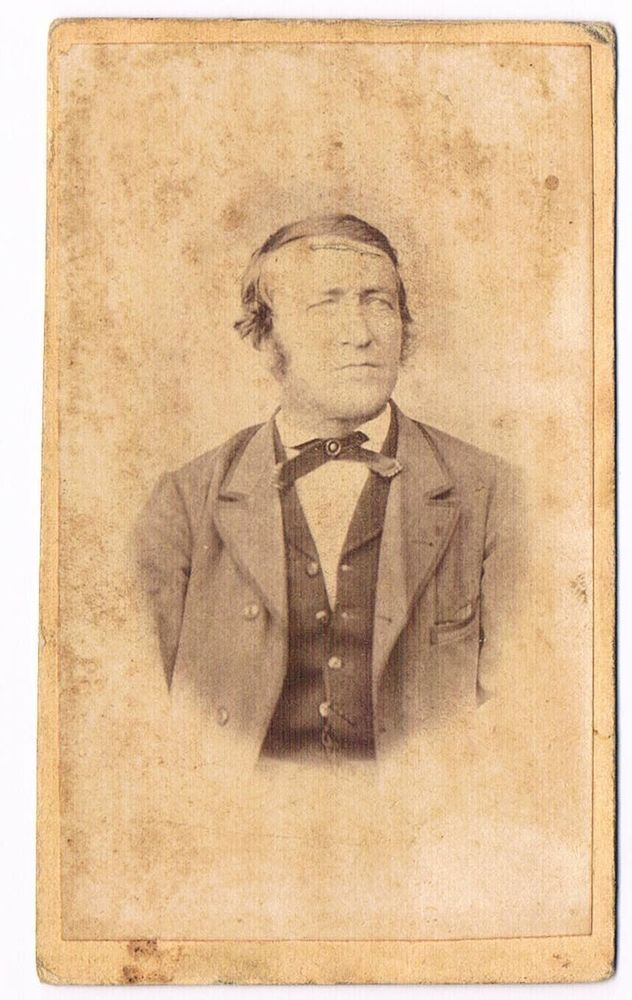
One of the earliest prominent Canadian-Angelenos was Quebecois-American Damien Marchesseault (or Marchesseau), born 1 April 1818 in Saint-Antoine-sur-Richelieu. Marchesseault was elected Los Angeles’s seventh mayor on 9 May 1859. He was re-elected in 1861 and again served during a three-month interruption in the term of Cristóbal Aguilar. After the conclusion of the Mexican-American War, he moved to New Orleans, where he made a bit of money, supposedly from gambling. He returned to Los Angeles in 1853 and co-founded an ice vending company with fellow Canadian-American Victor Beaudry in 1859. After the conclusion of his mayoral term, he assumed the lofty title of Water Overseer of Los Angeles. However, the gambling which had earned his fortune had become an insurmountable strain and on 20 January 1868 he slipped into Los Angeles City Hall and shot himself to death. Today his name is memorialized by Marchesseault Street, home to the Original Water Department Building.
VICTOR BEAUDRY

Victor Beaudry mined, worked in real estate, and developed waterworks before moving to Los Angeles in 1855. After he and Marchesseault built their ice house, Beaudry made money selling ice to saloonkeepers and other clients, money which he used to buy property around French Town in the 1860s. Beaudry moved to Montreal in 1876 where he married Angelica Le Blanc. The family returned to Los Angeles in 1881. With his brother, Prudent, Victor constructed a reservoir in the Elysian Hills which the two used to deliver water to their respective properties, Victor Heights and Bunker Hill. Victor’s subdivision also boasted the presence of the lushly-landscaped Beaudry Park (now replaced by the residential high-rise known as The Elysian, and formerly the Metropolitan Water District Headquarters). Victor Beaudry returned to Montreal in 1886 and died there in 1888.
PRUDENT BEAUDRY
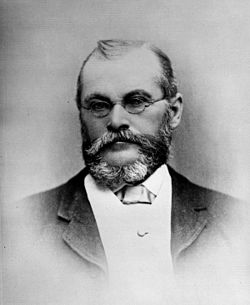
Prudent Beaudry was elected the thirteenth mayor of Los Angeles in 1874. After the Rebellions of 1837, he traveled the US promoting the annexation of Canada. After settling for a time in New Orleans, he returned to Montreal in 1842. Persuaded by Victor to come to California, he first moved to San Francisco before relocating to Los Angeles in 1853. After returning to Montreal for five years, he re-settled in Los Angeles and bought parcels of land on the previously undeveloped Bunker Hill. After years of acquiring and developing properties, he served three years in the Los Angeles Common Council before ascending to the mayorship, where he remained until 1876. He died in 1893 and was buried in Montreal.
ONTARIO, CALIFORNIA

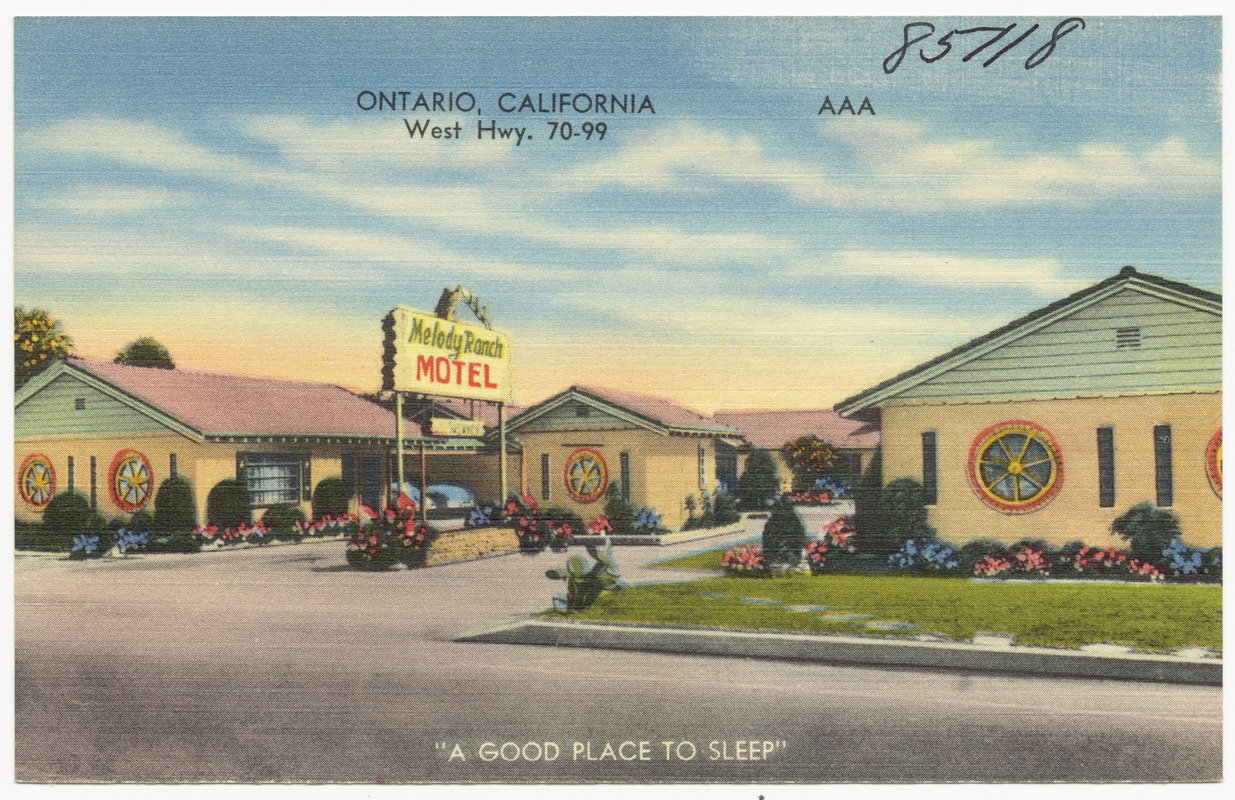
The city of Ontario, California is a located just outside Los Angeles County, on the San Bernardino County side of the Pomona Valley. The town’s roots are in the Ontario Model Colony, established in 1882 by Canadian engineer George Chaffey with his brothers William and Charles. Ontario incorporated as a city in 1901 but North Ontario broke away in 1906 and quickly turned its back on its Canadian heritage, changing its name to Upland. It was once an important citrus producer but is today best known for being home to Ontario International Airport, which is the city’s largest employer.
GORDON NORTHCOTT AND THE WINEVILLE CHICKEN COOP MURDERS


The Wineville Chicken Coop Murders is the name given to a series of murders of young boys that took place in Los Angeles and Riverside counties between 1926 and ’28. The perpetrator of the killings was Bladworth, Saskatchewan-born chicken ranch owner, and Canadian-American, Gordon Stewart Northcott. Northcott, his mother, and a captive nephew together kidnapped, molested, beat, and murdered three children (Northcott also murdered a teenaged Mexican without help) before the authorities caught wind of what was going on at their Wineville chicken ranch. The disappearance of one of the family’s victims, nine-year-old Walter Collins, received national attention after a nationwide search led to a twelve-year-old boy in DeKalb, Illinois falsely claiming to be Walter so that he might travel to Hollywood and meet his idol, cowboy actor Tom Mix. Gordon and his mother, Sarah Louise, fled back to Canada but were apprehended near Vernon, British Columbia. After the unfavorable attention, Wineville changed its name to Mira Loma in 1930. The events inspired the 1952 Dragnet episode “The Imposter” and the 2008 Clint Eastwood film, Changeling, although Northcott was portrayed by an American actor, not a Canadian.
ELISA LAM

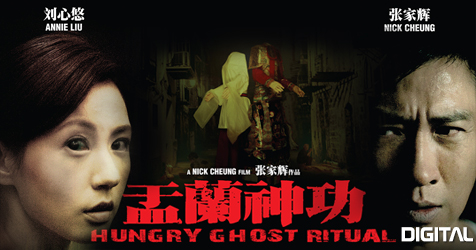
In 2013, a 21-year-old Canadian named Elisa Lam died in downtown’s Cecil Hotel. Her mysterious behavior was caught on CCTV moments before her death and inspired a host of theories about what might’ve transpired and led to the strange circumstances of her death, which bore uncanny similarities to the 2002 Japanese film 仄暗い水の底から (Dark Water). Her tragic and bizarre demise, in turn, inspired the plot of an episode of the television series Castle titled “Watershed” as well as the Chinese film, 盂蘭神功 (Hungry Ghost Ritual).
DOV CHARNEY
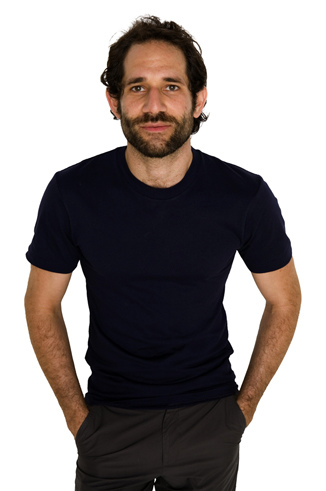
The once trendy clothing company, American Apparel, was founded in 1989 by Canadian-American Dov Charney who moved the company’s base of operations to Los Angeles in 1997. In 2000, when it was riding high, American Apparel took over a large warehouse in Downtown Los Angeles where, for a time, it operated as a wholesale brand. After going retail, it courted controversy with ads depicting underfed and underage-looking women which seemed to be inspired by amateur child pornography. Charney bought the historic (and all-concrete) Garbutt House in Silver Lake in 2006. However, although he successfully weathered seven sexual harassment lawsuits, he was deposed after it was revealed that the company which he founded hadn’t made a profit since 2009. The company filed for chapter 11 bankruptcy in 2015. The ousted Charney is now starting a new clothing company in South Central, which he promises “to make cool” in the same way he credited himself with making Downtown cool with American Apparel.
CANADIAN-AMERICAN HOLLYWOOD
The emergence of Los Angeles as a center of film production in the early 20th Century attracted a wave of Canadian actors and aspiring filmmakers. The first film footage shot in Los Angeles was done so in 1898 by famed Canadian-American inventor, Thomas Edison, for whom a cameraman shot a sixty-second actuality titled “South Spring Street Los Angeles California.”


The very first Hollywood film studio, Nestor Motion Picture Company, was founded by London, Ontario-born brothers Al Christie and Charles Christie in 1911. The studio was built by David Horseley behind the Blondeau Tavern building on the northwest corner of Sunset Boulevard and Gower Street in the area that came to be known as “Gower Gulch.” Oh, and the town of Hollywood? Toronto-born immigrant, Hobart Johnstone Whitley, is usually credited along with Charles Edward Toberman) as the “father of Hollywood.”
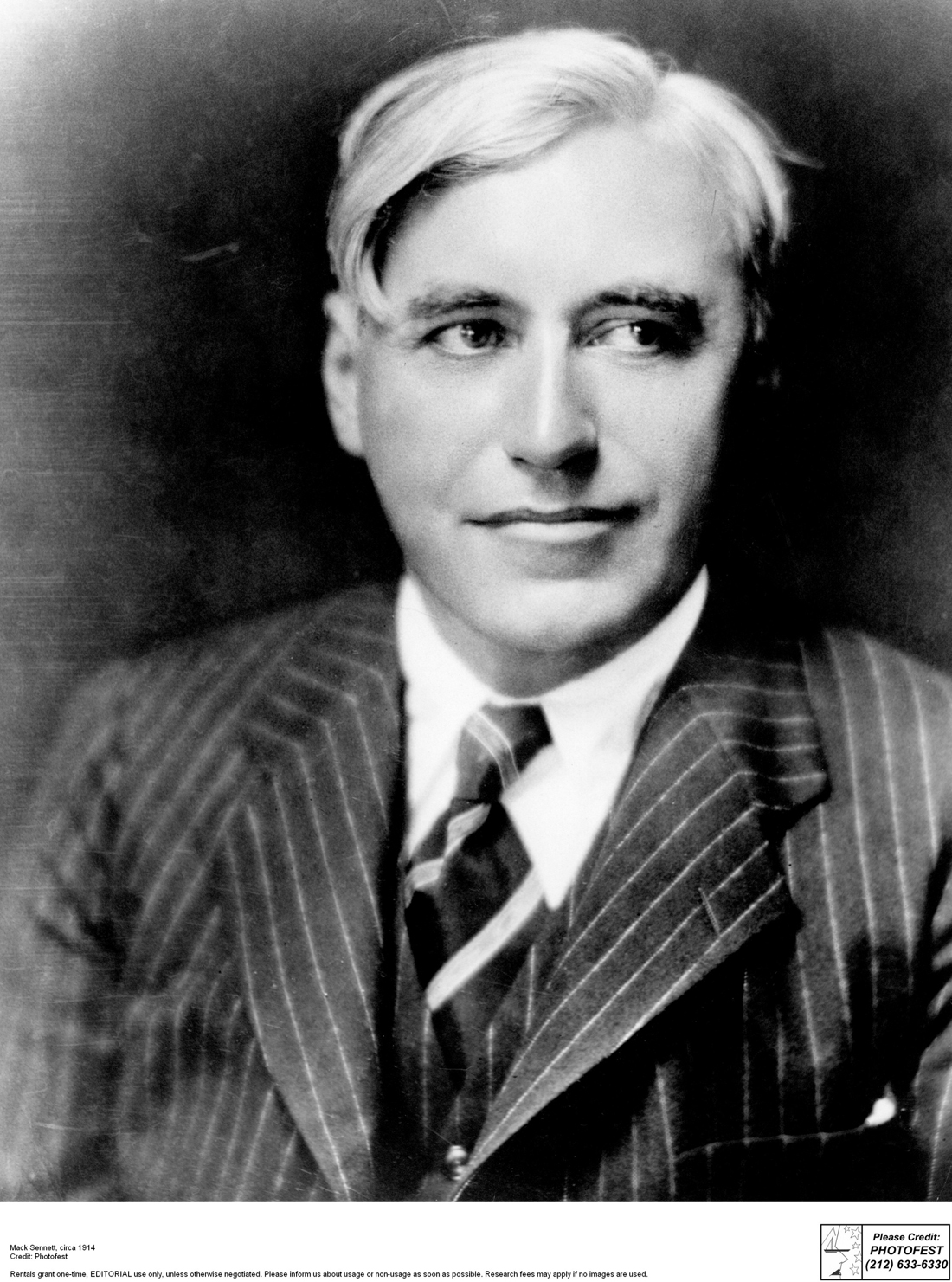
In 1912, Richmond, Quebec-born Mack Sennett (né Michael Sinnott) founded Keystone Studios in Edendale (now Echo Park).
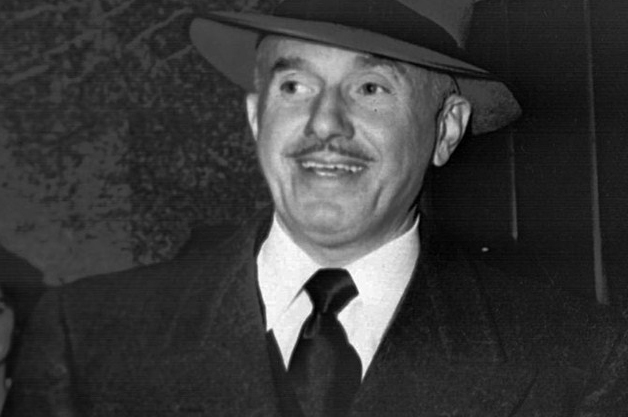
The eldest three Warner Brothers were born in the Russian Empire and the youngest, Jack L. Warner, was born in London, Ontario. After relocating to Los Angeles from Canada, the four formed Warner Bros. in 1923.
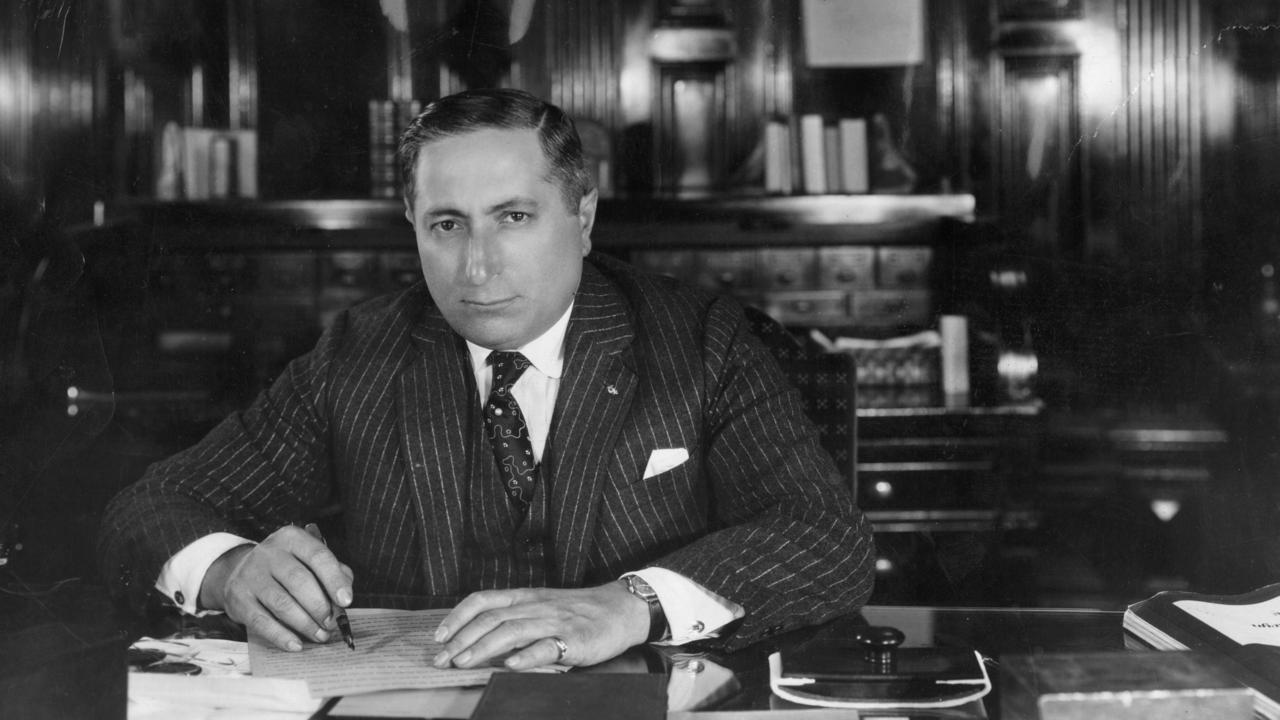
Louis B. Mayer, who co-founded Metro-Goldwyn-Mayer in 1924, though born in Minsk, grew up in Saint John, New Brunswick before moving to Los Angeles.
FLORENCE LAWRENCE


Actor Florence Lawrence was born Florence Annie Bridgwood in Hamilton, Ontario. Before her name was widely known, film audiences knew her simply as “The Biograph Girl” — a reference to American Mutoscope and Biograph Company for whom she worked. At the height of her popularity, the 1910s, she was also known as “The Imp Girl” and “The Girl of a Thousand Faces.” She made film history when she became the first film actor to be billed by her professional name.
MARY PICKFORD
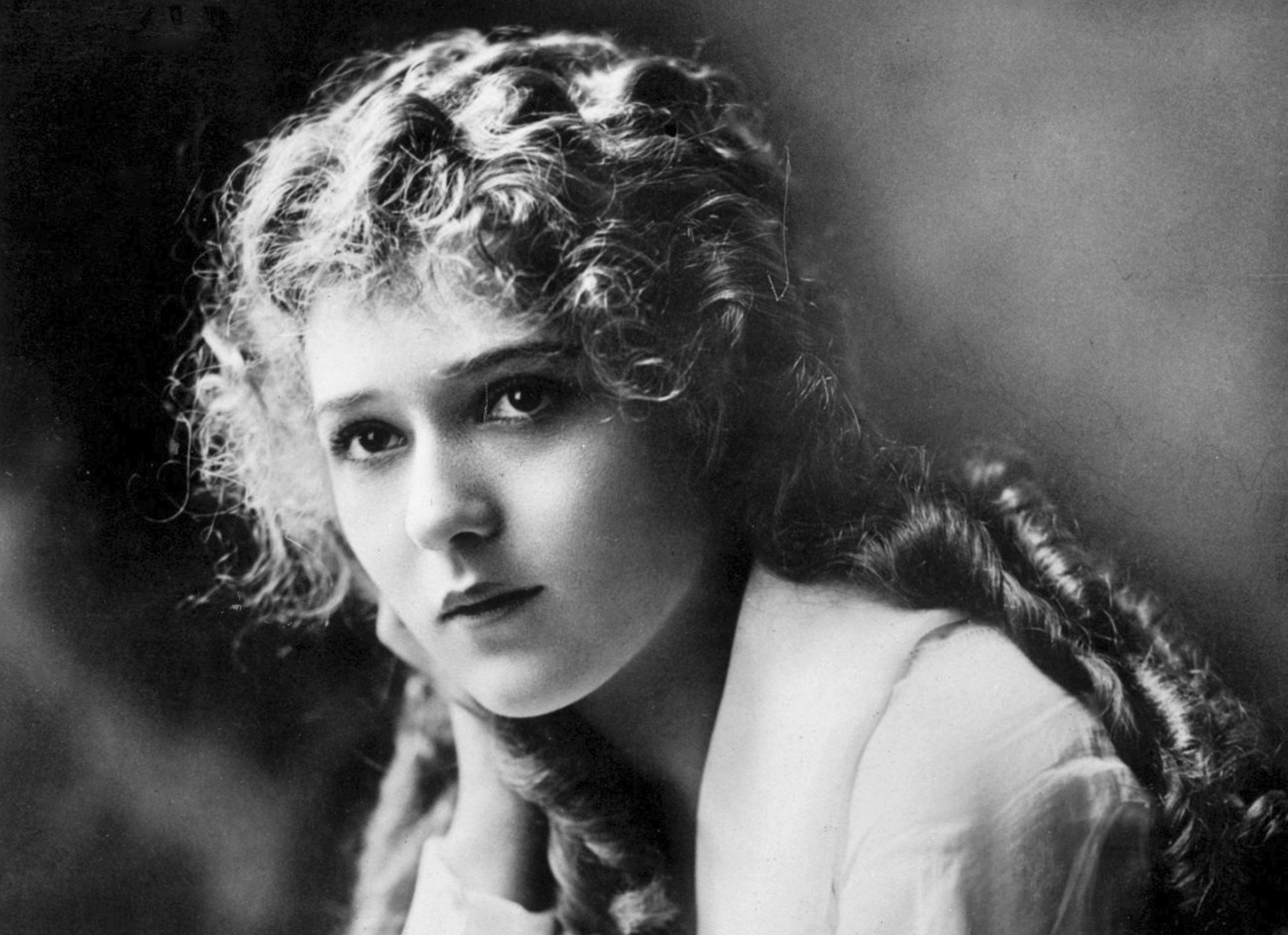
After Florence Lawrence’s name became publicly known, another Canadian-American actress became known as the Biograph Girl, Mary Pickford. Pickford was born Gladys Louise Smith in Toronto on 8 April 1892. In the 1910s and ‘20s she was one of the most popular film actors in the world, earning her the nickname “Queen of the Movies,” “America’s Sweetheart,” “The Biograph Girl,” “The Girl with the Curls,” and after her professional name became known, “Little Mary.” Pickford co-founded the Hollywood studio, United Artists, and was one of the 36 founders of the Academy of Motion Picture Arts and Sciences. Pickford’s siblings, Charlotte “Lottie” and John Charles “Jack” Pickford, also became Hollywood actors.



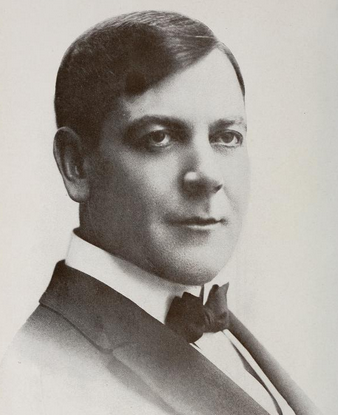















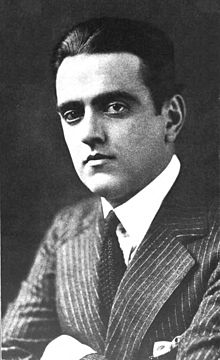

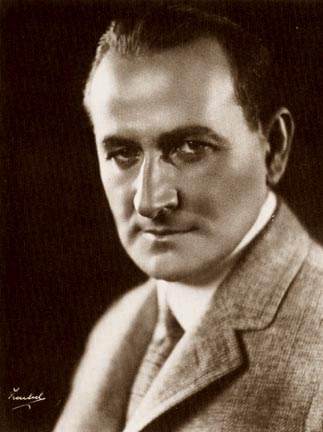
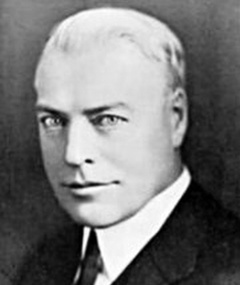
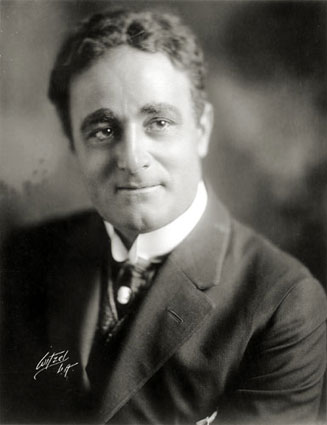
Other Canadian-born film pioneers who relocated to Los Angeles include filmmaker Allan Dwan, actor Athole Shearer, actor/comedian Ben Blue, actor Charles Arling, director/actor Del Lord, actor/director Dell Henderson, sound designer Douglas Shearer, actor/artist Earl W. Bascom, actor Edward Earle, actor Fay Wray, actor Florence La Badie, filmmaker Henry MacRae, actor Huntley Gordon, director Joseph De Grasse, actor Marie Prevost, actor/comedian Marie Dressler, actor Marjorie White, actor May Irwin, actor Ned Sparks, actor/filmmaker Nell Shipman, actor Norma Shearer, actor Richard Travers, actor Rockliffe Fellowes, actor Sam De Grasse, filmmaker/actor Sidney Olcott, actor Wilfred Lucas, and actor/director William Bertram.
CANADIANS IN CLASSIC HOLLYWOOD
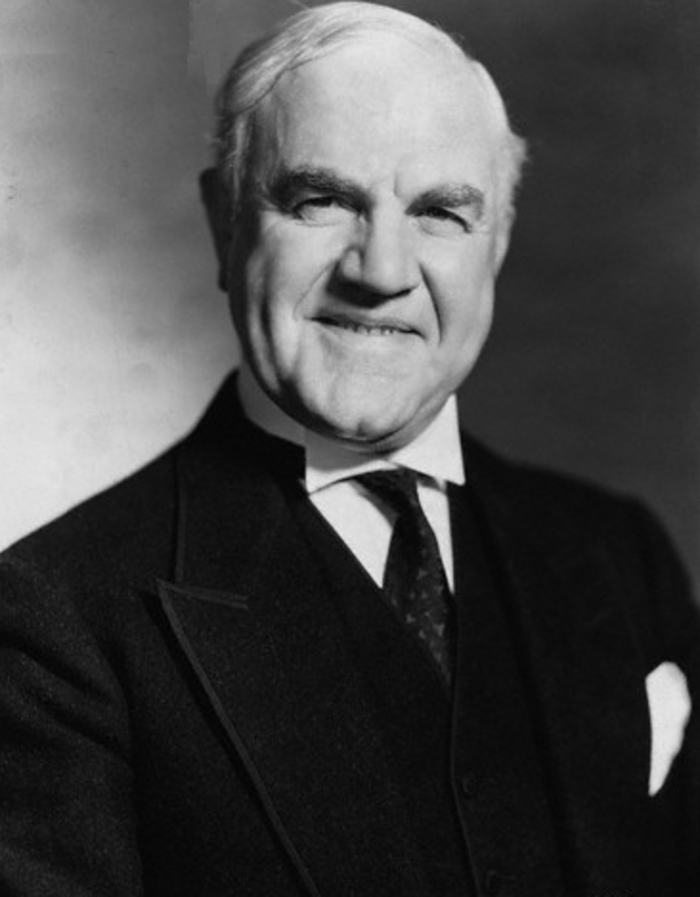
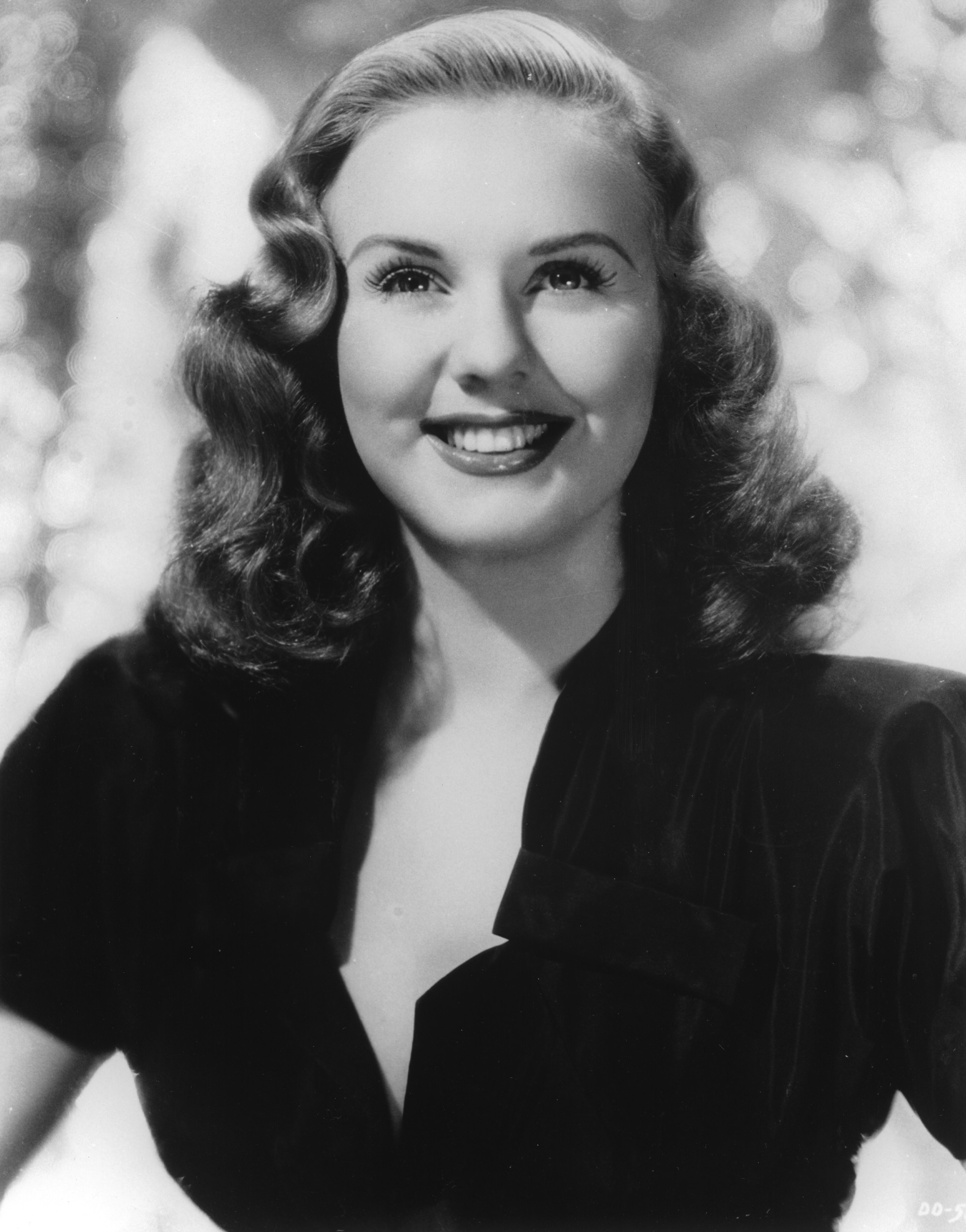
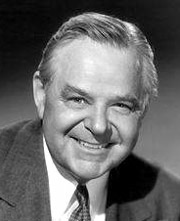
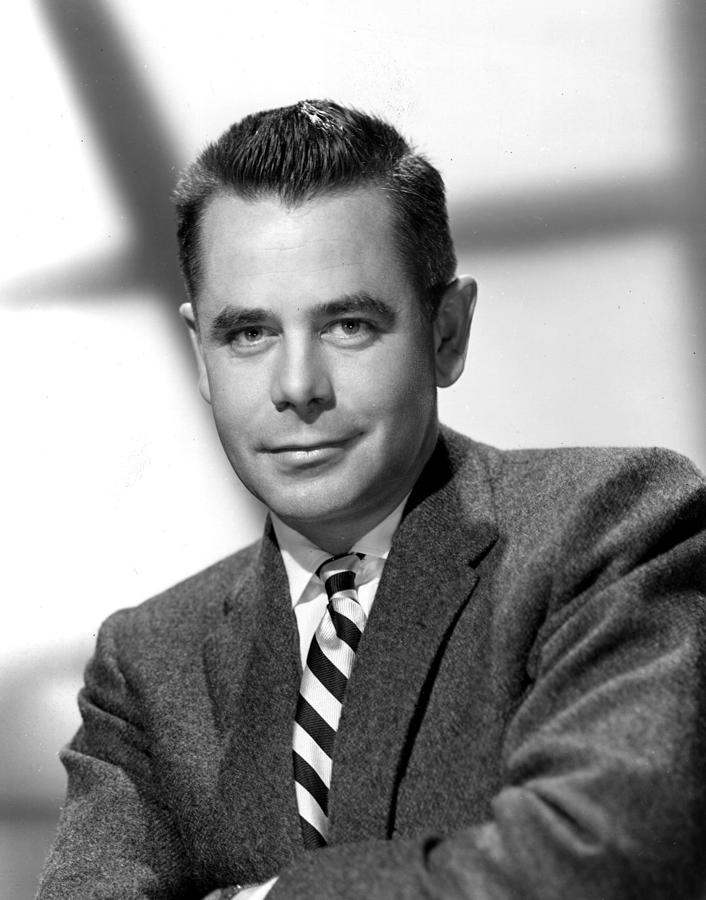
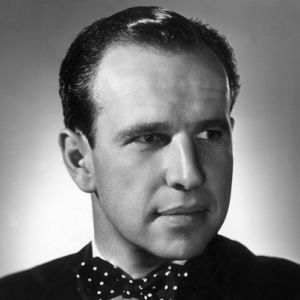
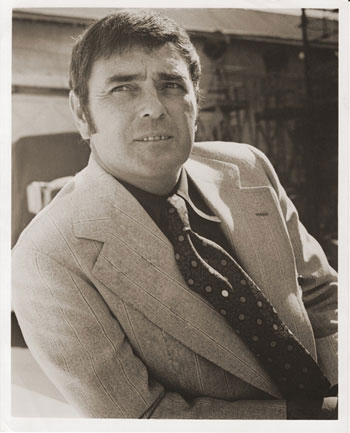
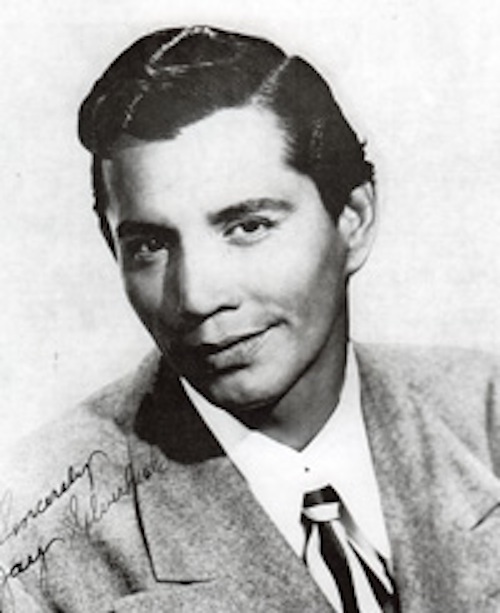
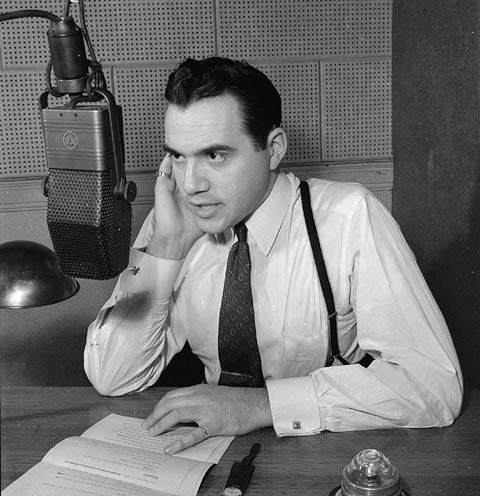
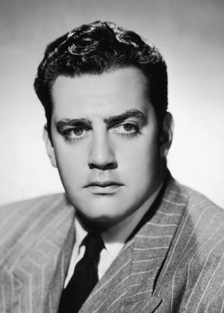
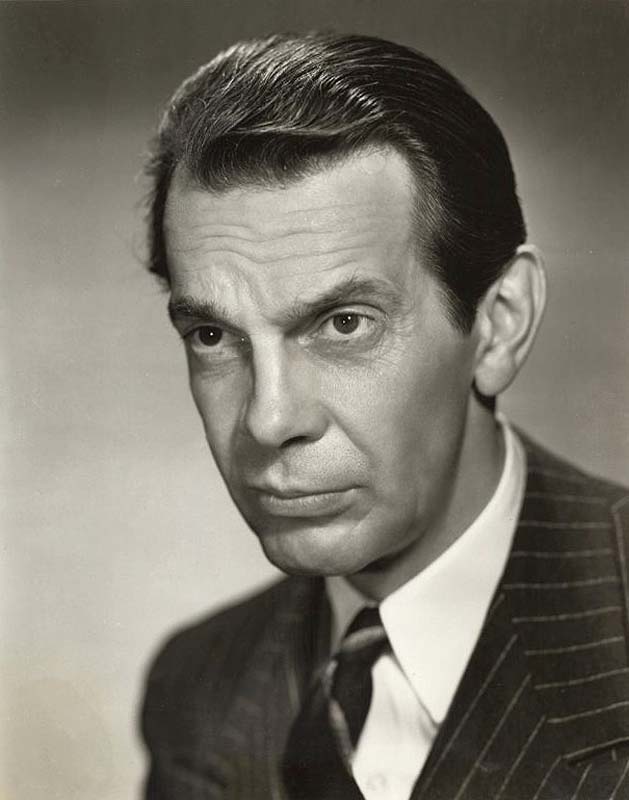
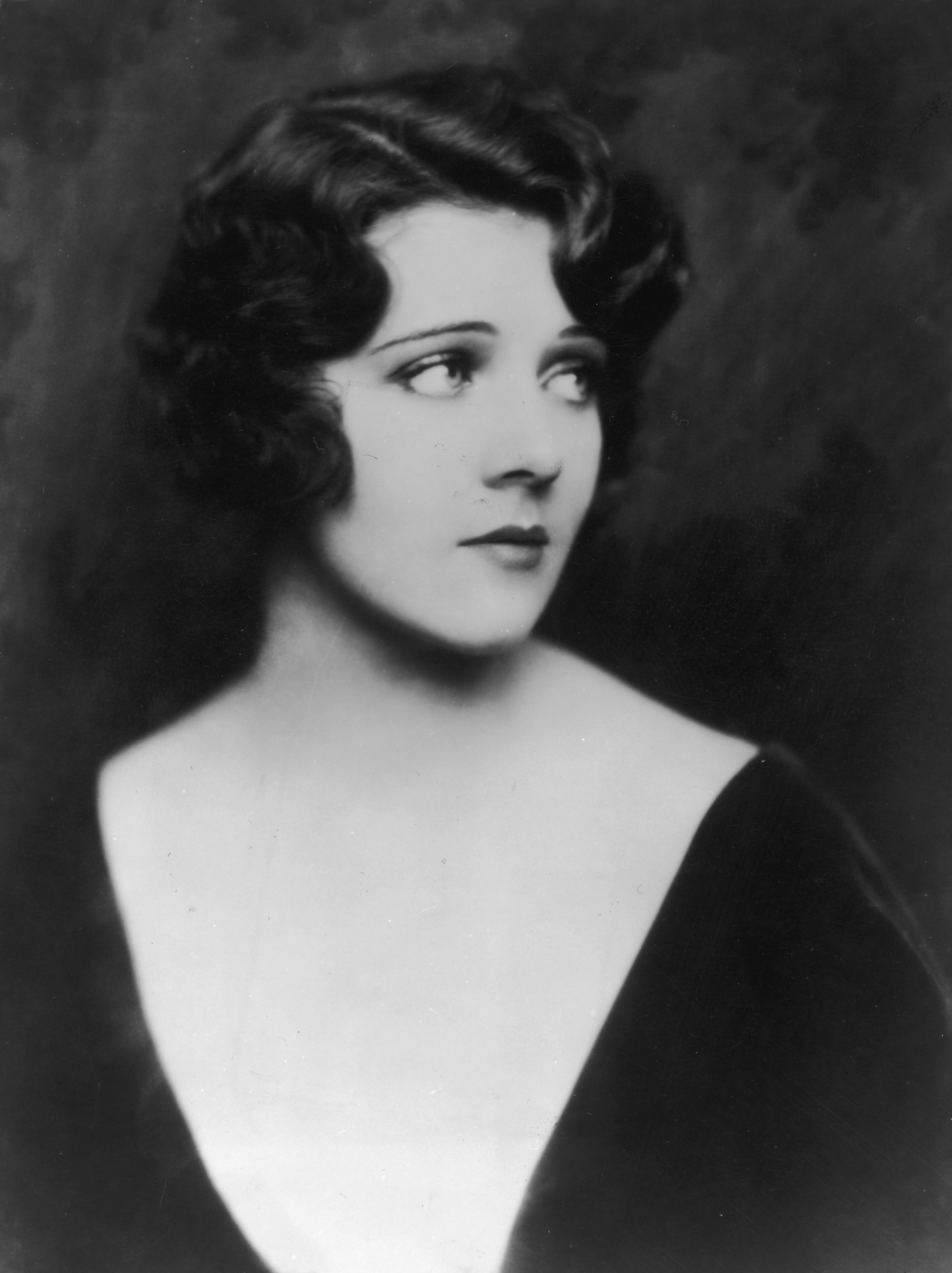
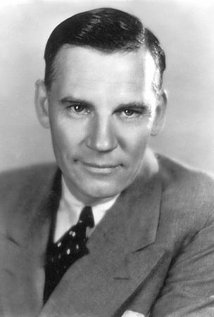
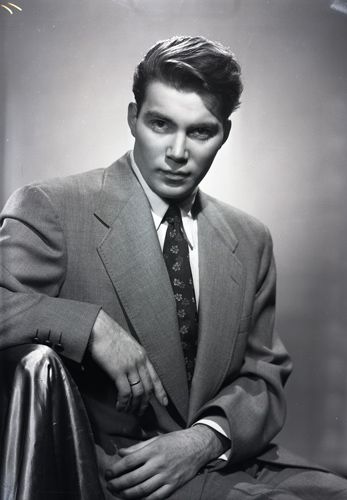
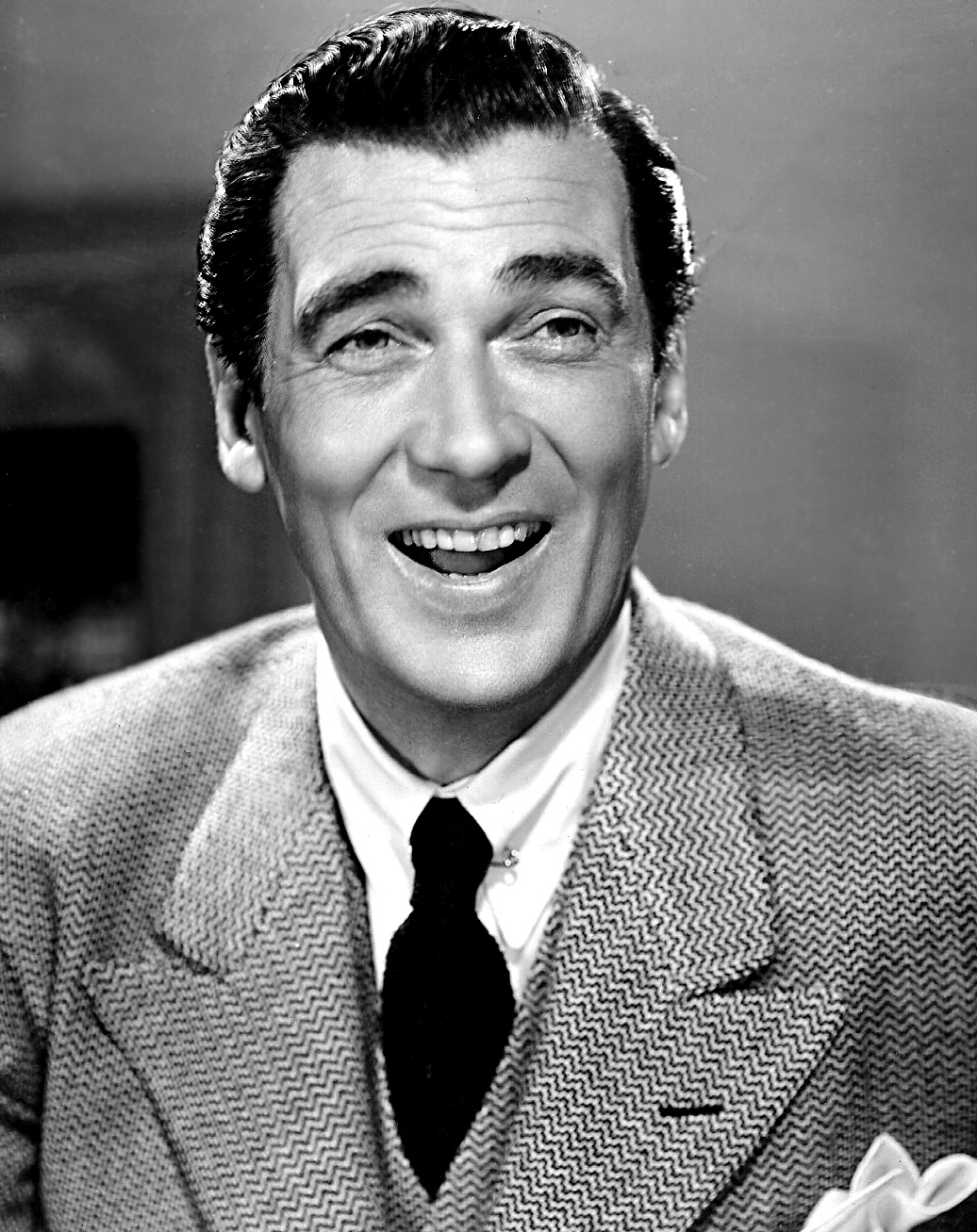
In the Classic Studio Era, Canadian-American actors Berton Churchill, Deanna Durbin, Douglass Dumbrille, Fifi D’Orsay, Gene Lockhart, Glenn Ford, Harry Hayden, Hume Cronyn, Jack Carson, James Doohan, Jay Silverheels, Lorne Greene, Barbara Kent, Burt Metcalfe, Raymond Burr, Raymond Massey, Ruby Keeler, Tommy Nolan, Victor Jory, Walter Huston, Walter Pidgeon, and William Shatner (and filmmaker Arthur Hiller) would all relocate to Los Angeles to work in Hollywood film. In 1961, Winnepagian Monty Hall moved to Los Angeles where he would go on to host many television programs. With the exception of Jay Silverheels, all were, like their silent predecessors, white. Today, even though 25% of Canadians are either aboriginal or a “visible minority” and only 20% of Canadians identifies as being English-Canadian and 15% as French-Canadian, most Canadian-Americans (like their American counterparts) in Hollywood are white.
CANADIANS IN HOLLYWOOD TODAY
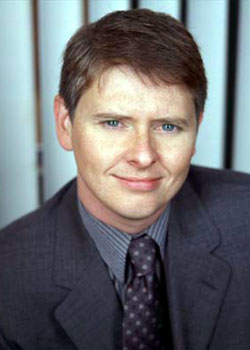


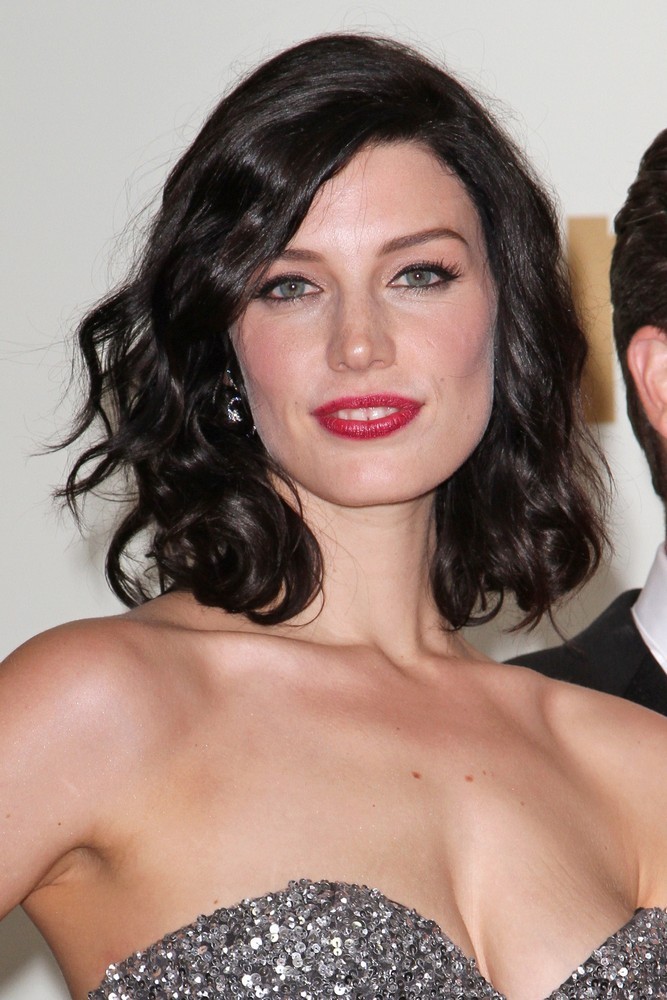
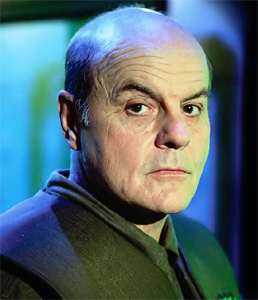
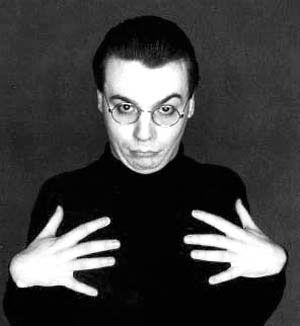
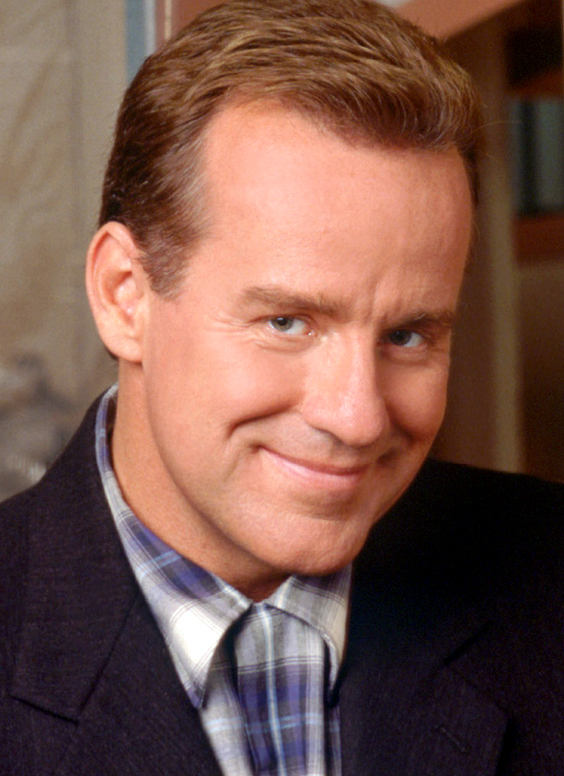
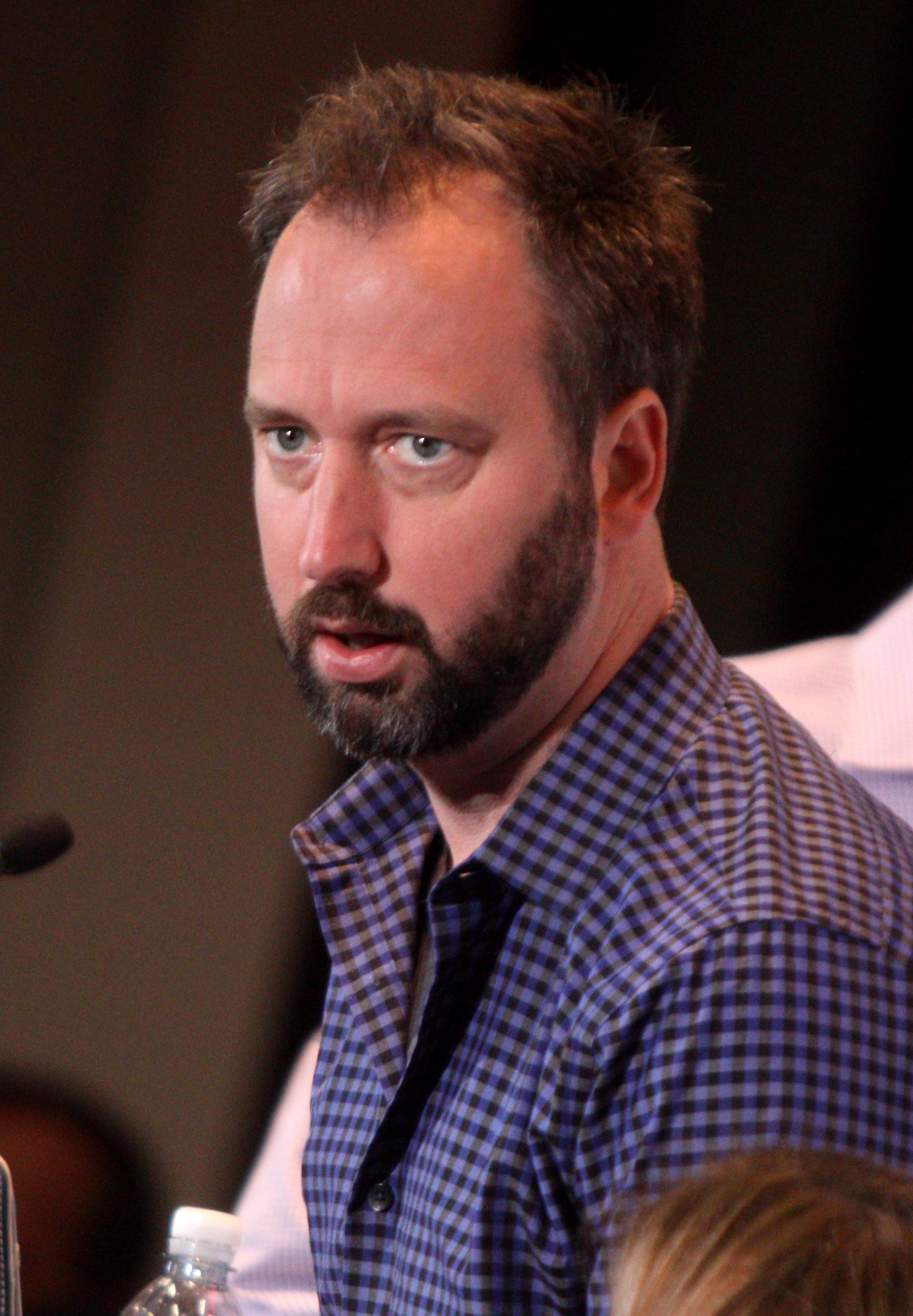
Today, Canadian immigrants are more often of Middle Eastern, Eastern European, and South Asian ancestry than English or French. If one doubts that Hollywood prefers white Canadians to aboriginal or visible minorities, consider how many more prominent white Canadian-Angelenos are acting in Hollywood today. Anna Paquin, Bre Blair, Brendan Fraser, Catherine O’Hara, Chantal Kreviazuk, Cobie Smulders, Corey Haim, Cory Monteith, Dan Akroyd, Dave Foley, Deborah Kara Unger, Diana Krall, Donald Sutherland, Elias Koteas, Elisha Cuthbert, Ellen Page, Emmanuelle Vaugier, Eric McCormack, Estella Warren, Hayden Christensen, Howie Mandel, James Cameron, Jason Priestley, Jessica Paré, Jim Carrey, John Candy, Kathleen Robertson, Kristin Lehman, Laurie Holden, Lorne Michaels, Malin Åkerman, Margot Kidder, Matthew Perry, Mia Kirshner, Michael Cera, Michael Ironside, Michael J. Fox, Mike Meyers, Missy Peregrym, Neve Campbell, Norm Macdonald, Pamela Anderson, Phil Hartman, Rachelle Lefevre, Reece Thompson, Ryan Gosling, Sabrina Grdevich, Scott Thompson, Seth Rogen, Tara Strong, Tom Green, Victoria Pratt, Will Arnett, and Will Sasso.
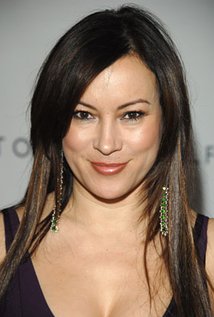
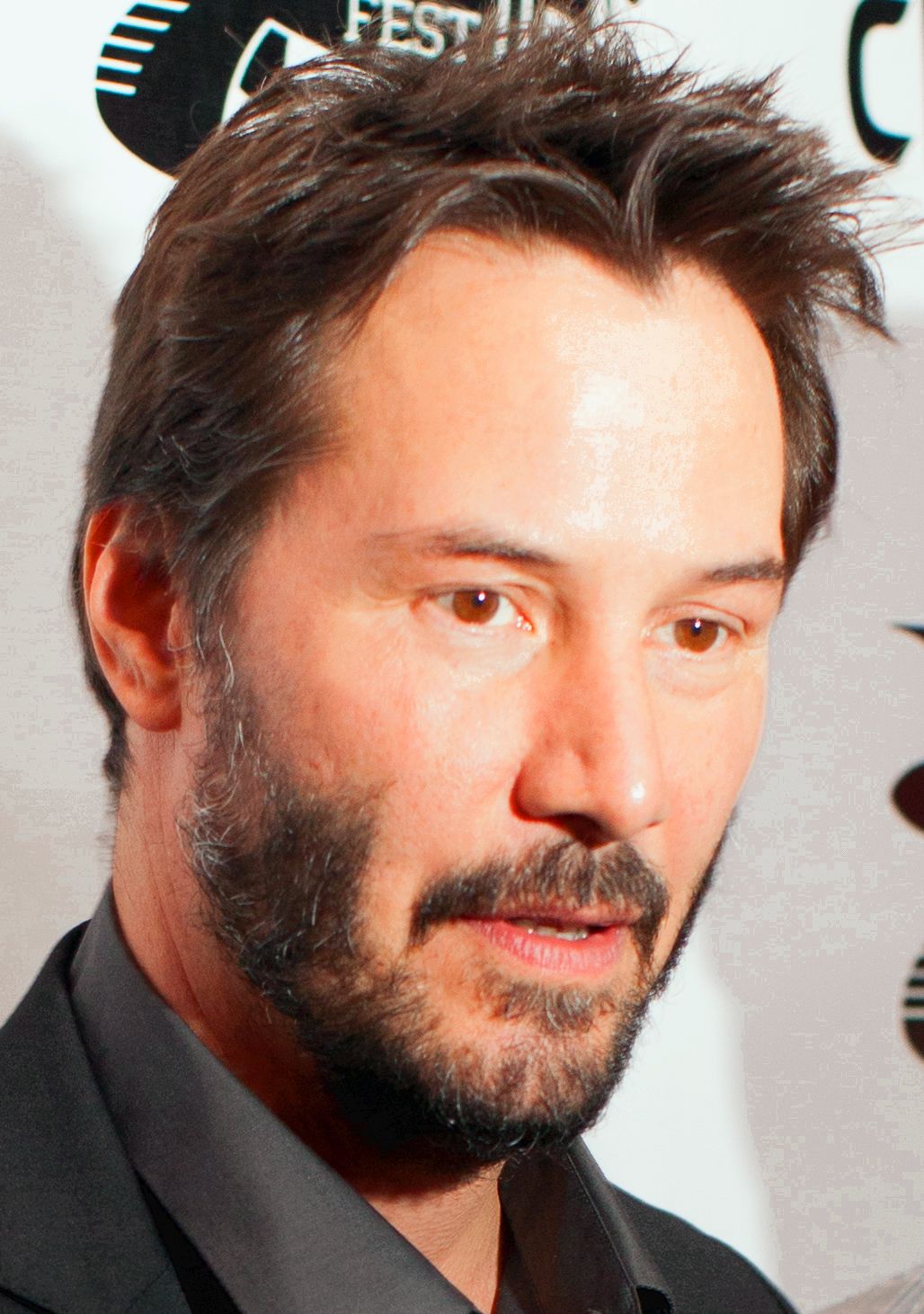

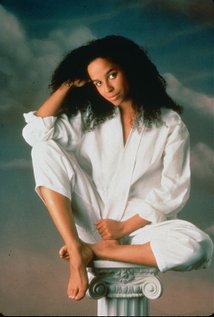
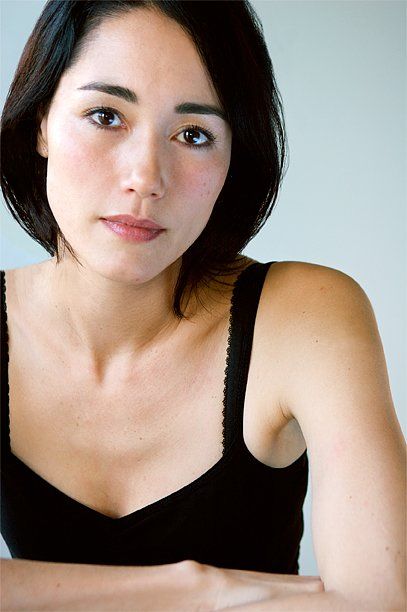

Now consider the relatively few mixed-race Canadian-Angelenos acting in Hollywood in recent times: Jennifer Tilly, Keanu Reeves, Kristen Kreuk, Rae Dawn Chong, Sandrine Holt, and Tommy Chong.
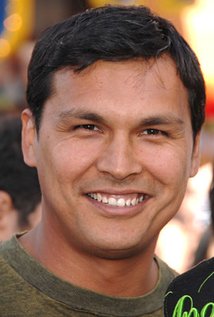
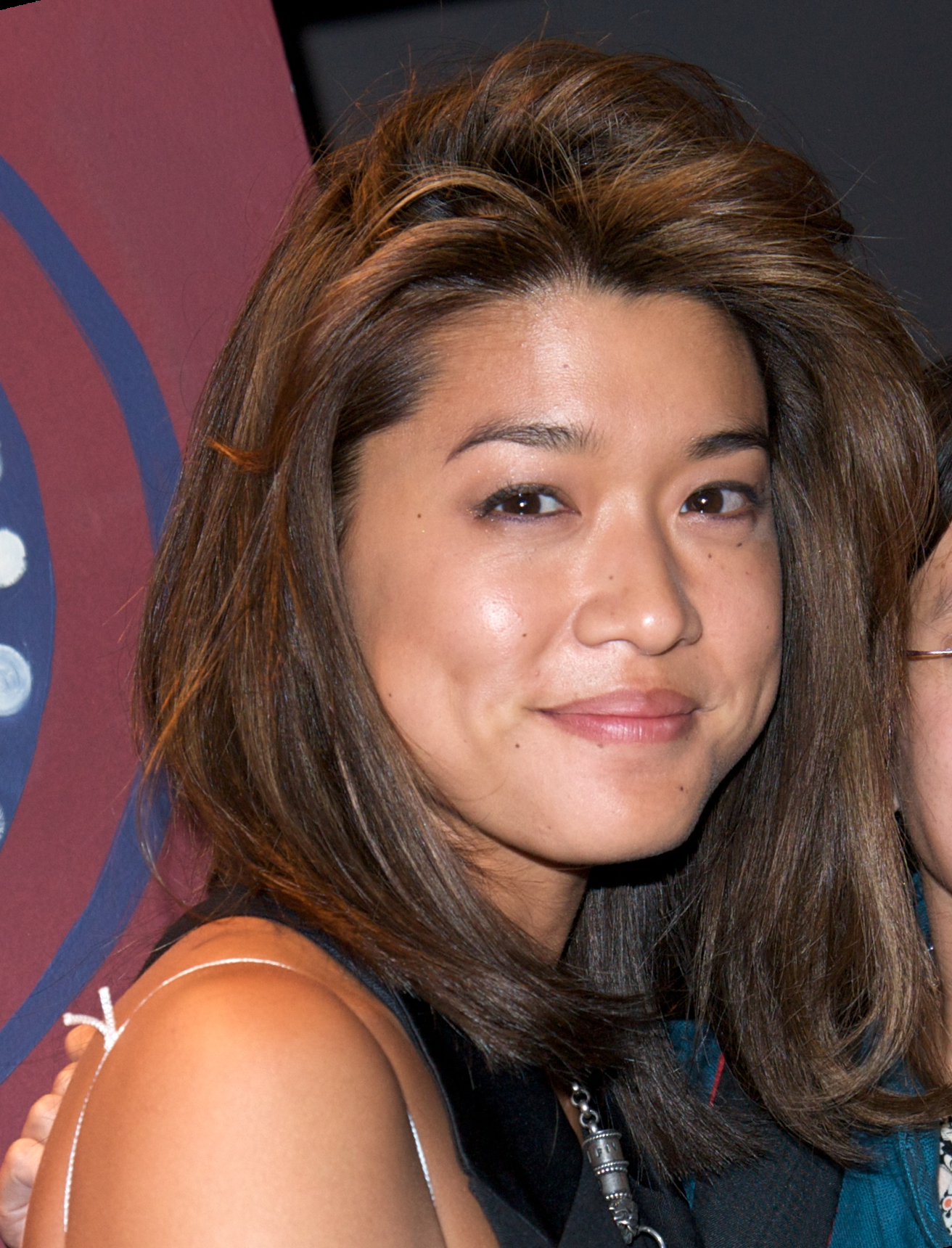

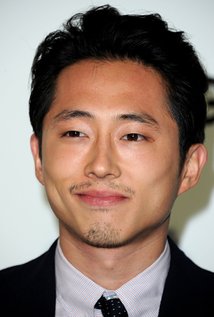
And now consider famous Asian-Canadian-Angelenos: Steven Yuen of The Walking Dead, Sandra Oh of Grey’s Anatomy and Sideways, and Grace Park, who was born in Los Angeles, raised in Vancouver, and holds dual American and Canadian citizenship. As far as aboriginal Canadian actors living in Los Angeles, I can only think of Adam Beach, a Saulteaux actor who was born in Ashern, Manitoba and at least as of 2005 was also an Angeleno.
CINÉMA DIRECT
Although Canadians were hugely important in the creation of the Hollywood industry, few genuinely Canadian film genres can perhaps be said to have had much influence on Hollywood. One notable exception is cinéma direct, the documentary genre which arose in the 1950s in which the documentarians attempted to achieve something approaching objectivity by hiding the filmmaking apparatus. The fly-on-the-wall approach (as opposed to cinéma vérité, in which the filmmaker participates in front of the camera and thus exposes the artifice of filmmaking) is exemplified in the US by Robert Drew, DA Pennebaker, and the Maysles Brothers — none of whom (as far as I know) were ever part-time Angelenos. However, the aesthetic of cinéma direct seems to inform every non-Chuck Lorre involved sitcom filmed in Los Angeles since Arrested Development.
NORTHERNS
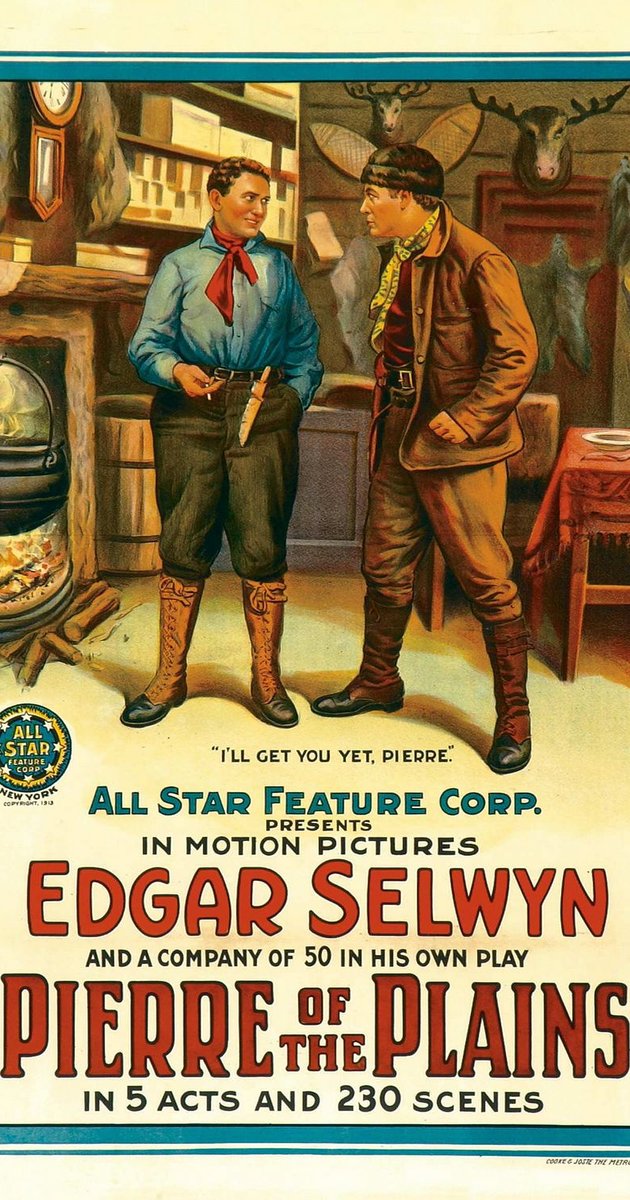
Although utterly forgotten today, the Northern genre had a surprisingly long run as evinced by quite a few cinematic examples. Northerns were a mostly Canadian (and sometimes Alaskan) counterpart to the Western — which like the Western had its roots in literature. Most authors of Northers were Americans, including writers like Jack London, Rex Beach, Fran Striker, and James Oliver Curwood. There were Canadians who authored Northerns as well, such as Robert W. “Bard of the Yukon” Service. The films were nearly always Hollywood productions starring American actors and only set in Canada. Perhaps the first Northern film was Pierre of the Plains (1914), an American film set in Canada but both the filming location and director of which are today forgotten.
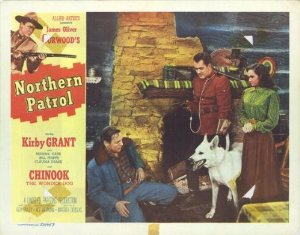

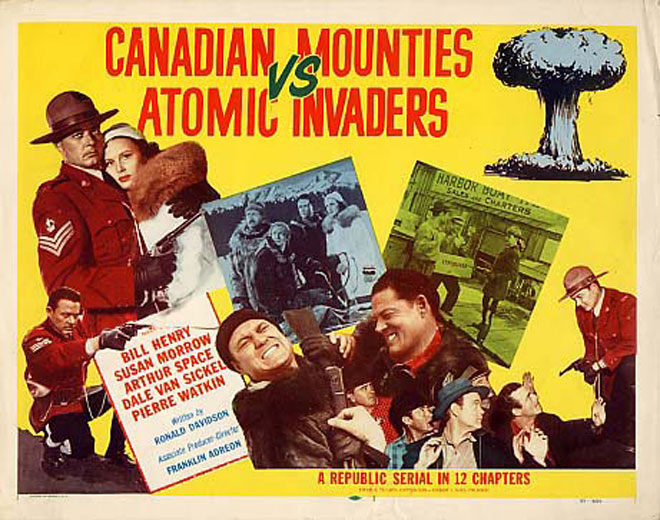
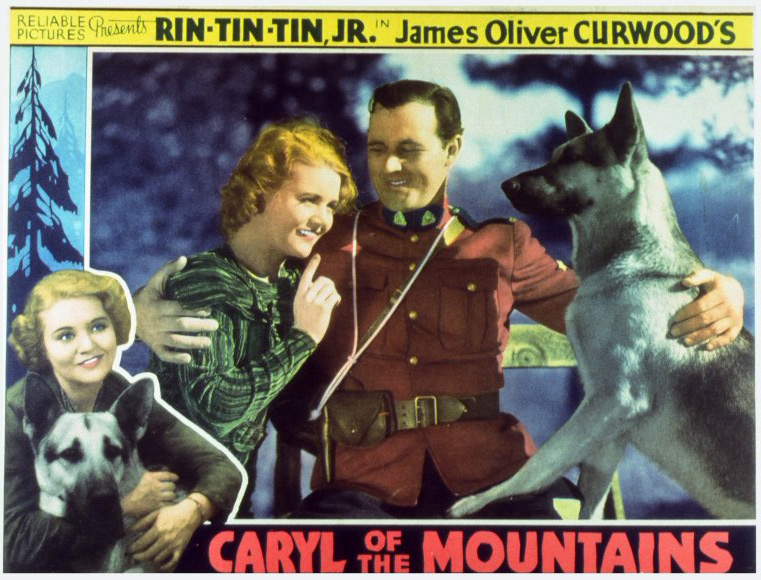
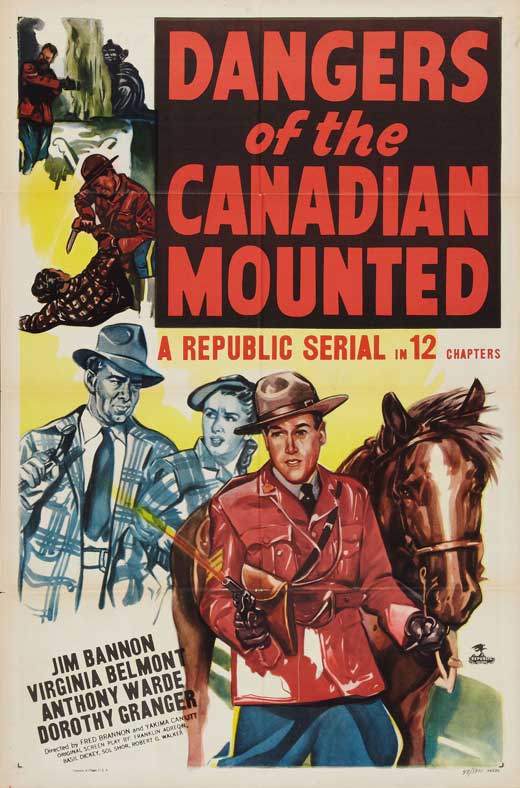
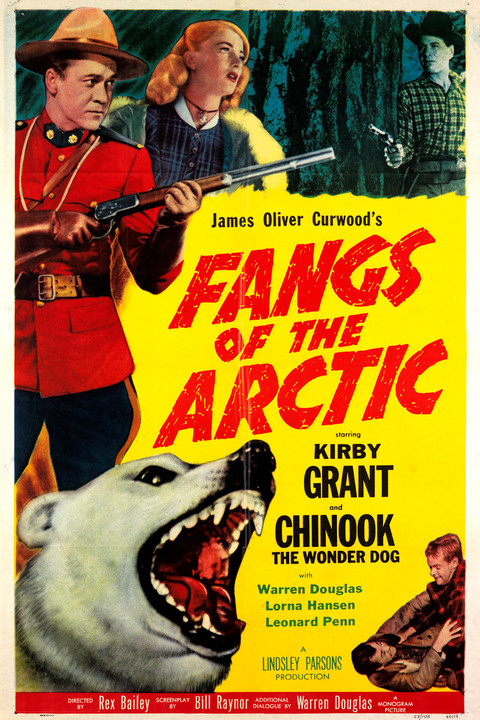
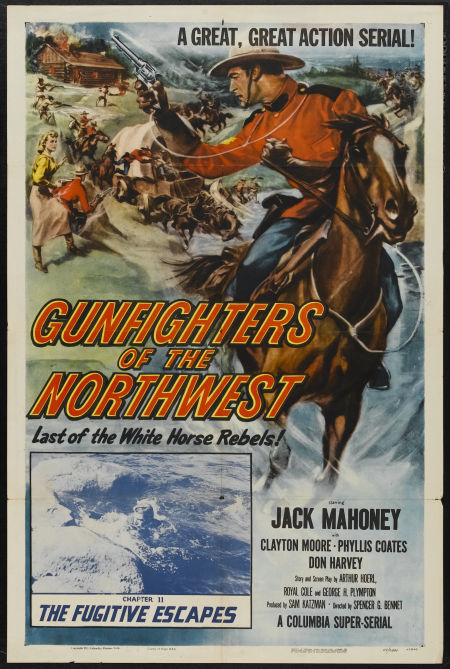

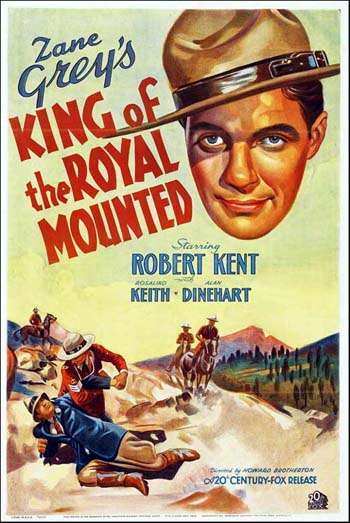
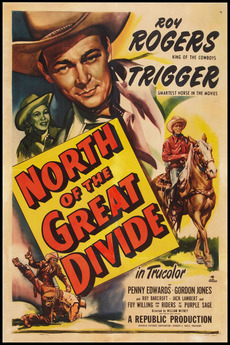
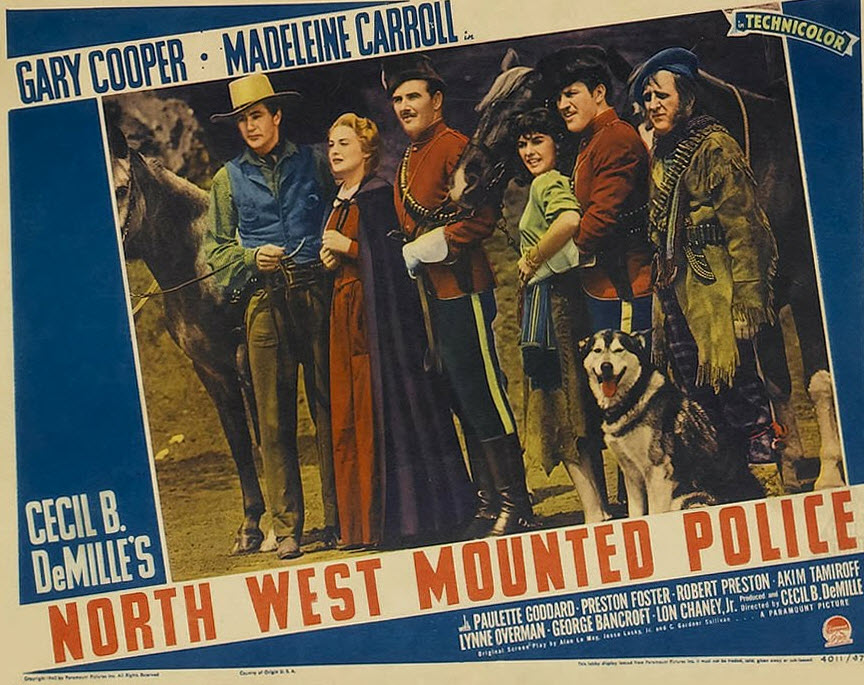
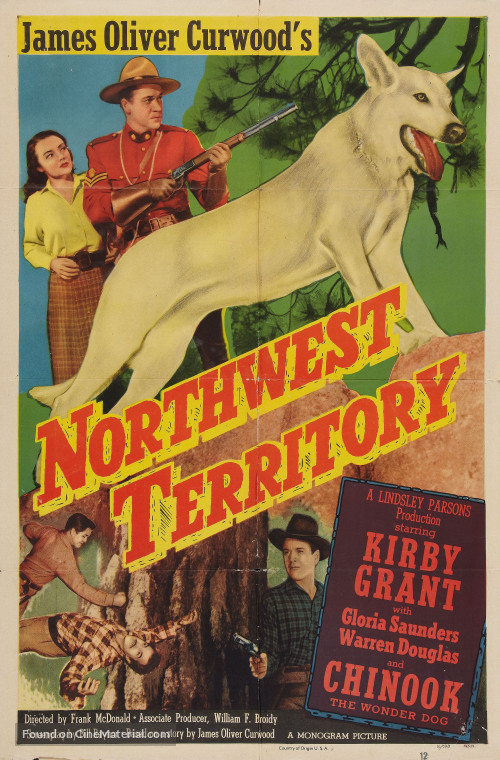
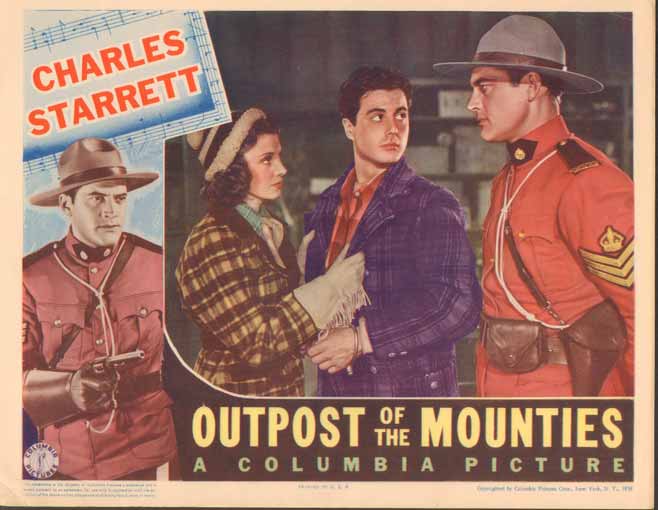
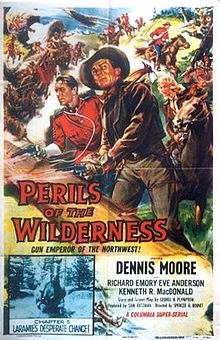

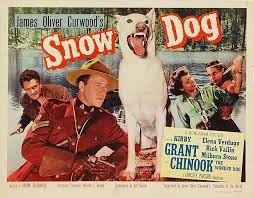
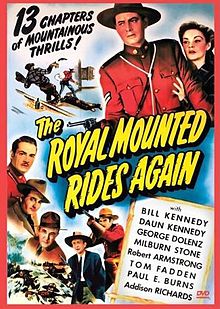
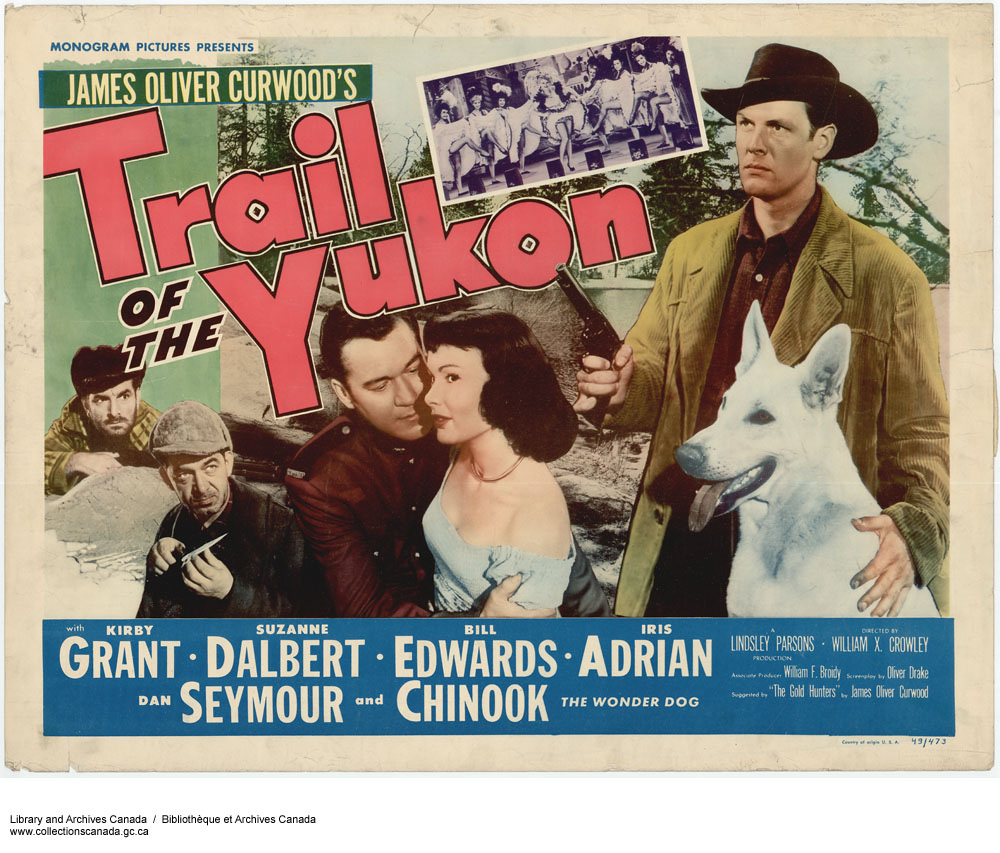
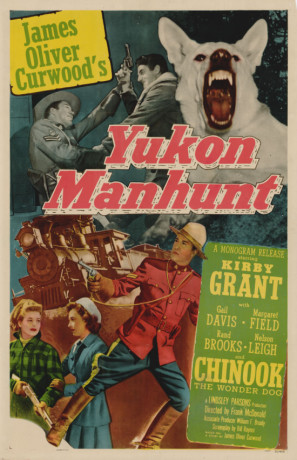
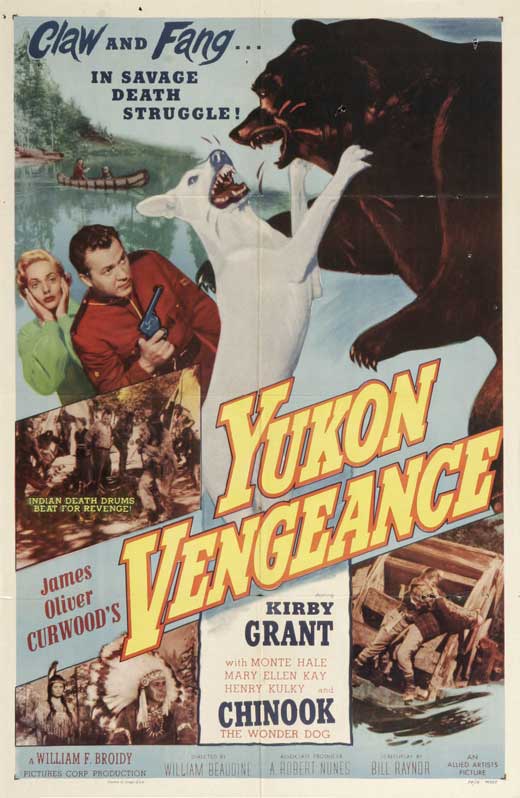
Just beyond Los Angeles County, Big Bear Lake and the Big Bear Valley proved popular filming locations for Northerns set in Canada. Northern films and serials shot in that area include Caryl of the Mountains (1936), Phantom Patrol (1936), Outpost of the Mounties (1939), King of the Royal Mounted (1940), North West Mounted Police (1940), King of the Mounties (1942), The Royal Mounted Rides Again (1945), Dangers of the Canadian Mounted (1948), Trail of the Yukon (1949), Snow Dog (1950), North of the Great Divide (1950), Call of the Klondike (1950), Yukon Manhunt (1951), Northwest Territory (1951), Fangs of the Arctic (1953), Canadian Mounties vs. Atomic Invaders (1953), Northern Patrol (1953), Gunfighters of the Northwest (1954), Yukon Vengeance (1954), and Perils of the Wilderness (1956).

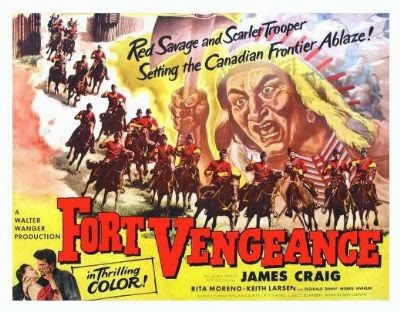
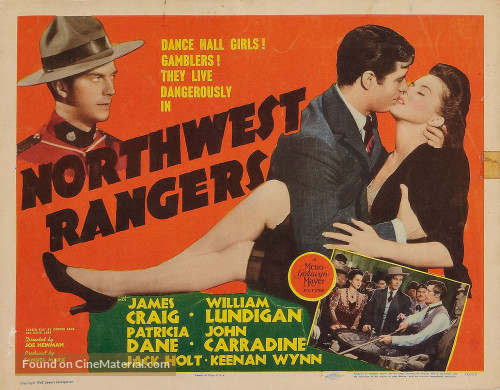

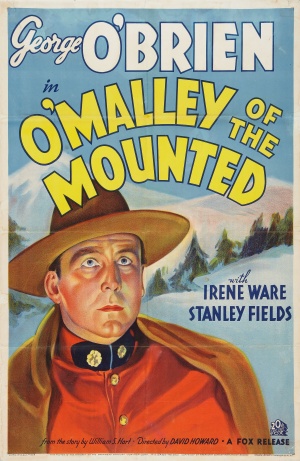


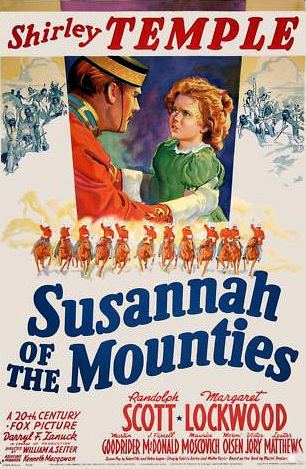
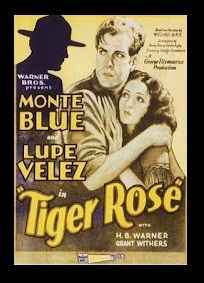
Chatsworth subbed in for Canada in O’Malley of the Mounted (1921); Lake Arrowhead played Canada in Tiger Rose (1929) and Code of the Mounted (1935); Idyllwild had the honor in Northwest Rangers (1942) and Northwest Trail (1945); and Simi Valley served in Fort Vengeance (1953). Susannah of the Mounties (1939), Pierre of the Plains (1942), and Rose Marie (1954), on the other hand, were all filmed on a 20th Century Fox studio lot in Culver City.
HOLLYWOOD NORTH

The commercial film industries of Canada, especially Toronto and Vancouver, have come to colloquially be known as Hollywood North. In 1979, Toronto was the third largest movie production center in North America. In 2003, the Toronto Ontario Film Office was established in Los Angeles. Vancouver is often interchanged with Los Angeles and even portrays Los Angeles in film and television. The first two seasons of MacGuyver were filmed in Los Angeles before relocating to Vancouver — although the setting remained Los Angeles throughout. The first five seasons of The X-Files were filmed in Vancouver before production was moved to Los Angeles. The pilot of Walking Dead was filmed in Los Angeles but the remainder of the series has been filmed in Vancouver. The series Lucifer, though set in Los Angeles, is filmed in Vancouver.
SPOONY SINGH

One Canadian-American (and a visible minority, to boot) who enjoyed a career in Hollywood neither in front of nor behind the camera was Spoony Singh. Spoony Singh (né Sapuran Singh Sundher) was a Canadian businessman and colorful personality who established the famed Hollywood Wax Museum. He was born in Jalandhar, British Punjab on 22 October 1922 and his family relocated to Victoria, British Columbia in 1924. In 1943 he married Chancil Kour Hoti and the two opened an amusement park in Victoria called Spoony’s. In the 1960s, Spoony Singh bought an empty brassiere factory and opened the Hollywood Wax Museum on 25 February 1965, which he promoted in colorful fashion. Singh died of congestive heart failure at his home in Malibu in 2006.
Of course, if I’m on the subject of gameshows, I’d be remiss of me not to mention George Alexander “Alex” Trebek, host of Jeopardy! Trebek was born in Sudbury, Ontario in 1940. He moved to Los Angeles in 1973, to host an NBC game show, The Wizard of Odds. After that, he hosted numerous other game shows. He began hosting Jeopardy! in 1984. He became an American citizen in 1998. Trebek was uncommonly philanthropic. He donated 30 hectares of land to the Santa Monica Mountains Conservancy in 1998. In March 2020, Trebek donated $100,000 to Hope of the Valley Rescue Mission. Trebek died on 8 November 2020 at the age of 80 following a nearly two-year struggle with cancer.
CRASH
The 2004 film Crash was directed by London, Ontario-born filmmaker Paul Haggis, a former Scientologist whose television credits at the time included creating Walker, Texas Ranger, and Due South. Due South was a CTV series about an officer in the Royal Canadian Mounted Police assigned to work in the Chicago Police Department, assisted by a wolf-dog named Diefenbaker. Crash was Haggis’s self-described passion piece, an overheated and heavy-handed race drama inspired by the carjacking of his beloved Porsche in 1991 and similar, if somehow cornier than the 1997 film Volcano. The film, to me, feels indelibly tied to that pre-riot Los Angeles but was released in 2004, by which time it had as much to do with the Los Angeles of my experience as Walker, Texas Ranger probably does with your average Texican. In the theater in which I watched it, it was seemingly well-received, albeit as unintentional comedy. Needless to say, I wasn’t at all surprised when it was awarded Best Picture by the Academy, nor when Film Comment placed it first on their list of “Worst Winners of Best Picture Oscars.”
HIGHLAND GARDENS/THE L.A. COMPLEX
Although I’ve never heard of it until researching this piece, The L.A. Complex (originally Highland Gardens) was apparently a Canadian drama which premiered on CTV, MuchMusic, and The CW in 2012. The series starred Toronto-born Cassie Steele as an aspiring actress who “moves to Los Angeles with nothing but her Maple Leafs hockey bag and dreams of being a famous actress.” Although an undoubtedly promising premise, it was nonetheless canceled the same year in which it debuted.
CANADIAN-ANGELENO MUSIC
There’s little that obviously distinguishes mainstream American pop from mainstream Canadian pop. Both countries produce more than their fair share of that generic, jingle-ready “whoa-oh” music seemingly designed more to sell car insurance than records. If Americans heard them they might be able to pick up on the fact that Stan Rogers or Bill Staines were Canadian but those two, sadly, aren’t household names in the US. There’s something unmistakably not-American about Canadian disco groups like Lime or all of those Montreal-based post-rockers but I’m guessing most Americans don’t know that they, like the singers of “American Woman,” are not American — although I bet that most Canadians do.
There have been a few notable Canadians who’ve contributed to Los Angeles’s music scene. John Harvey “Oscar” Gahan was an Orangeville, Ontario-born violin prodigy who performed as Arvé. He moved to Los Angeles where he acted in minor parts in B-westerns and performed music with several Western acts including The Sons of the Pioneers, The Arizona Wranglers, The Range Riders, and The Hollywood Hillbillies. He also composed and sold songs to cowboy singers like Gene Autry, Roy Rogers, and Bob Nolan, the latter a Canadian immigrant from Winnipeg whose popular compositions include “Cool Water” and “Tumbling Tumbleweeds.” Moog-pioneer Mort Garson moved to Los Angeles in 1963. The great Leonard Cohen moved to Los Angeles around 1977.
FRANCIS BEATTY SILVERWOOD
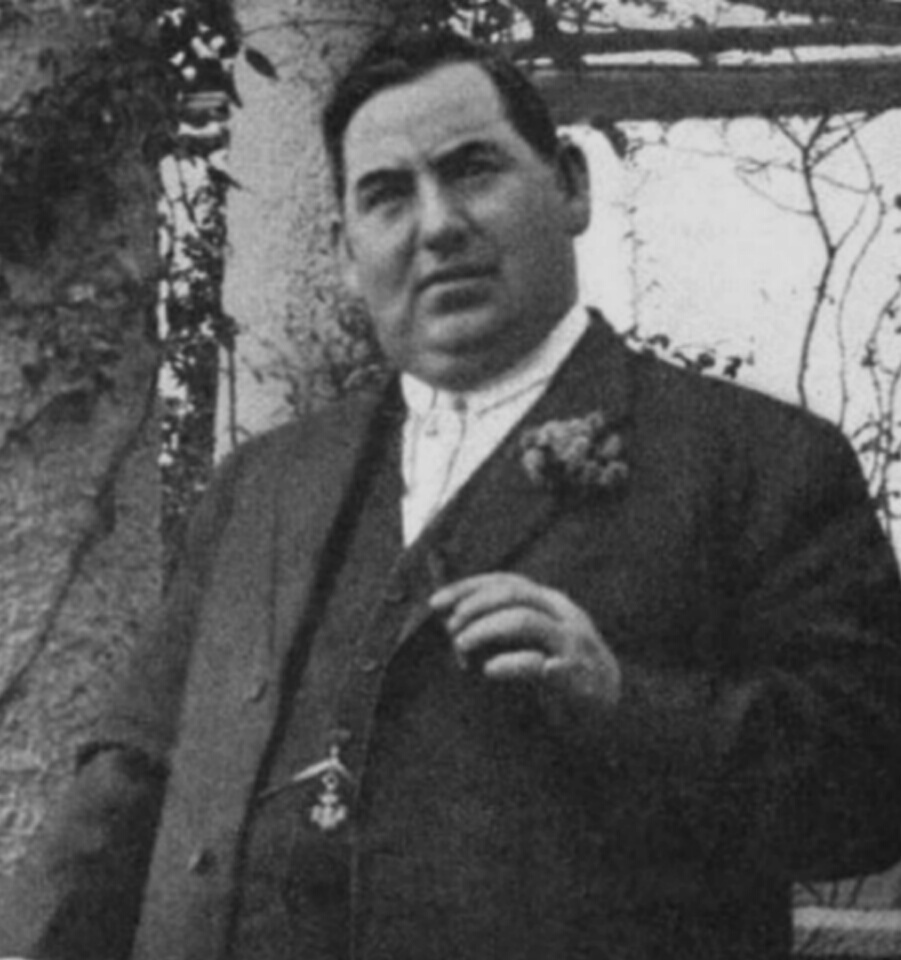
California’s state song, “I Love You California,” was written by a Canadian-Angeleno. Francis Beatty “Daddy” Silverwood was born in Oakwood, Ontario in 1863. He first came to the US in 1877, when he moved to New York City and worked as a newsy. After returning to Canada, he again settled in the US around 1886, when he settled in San Francisco. He found work selling men’s clothing at Crocker Bros. where he became acquainted with George Edward Nagel. After becoming an American citizen in 1892, he co-founded McNamara & Silverwood clothiers with William A. McNamara. On 13 May 1894 Silverwood and Nagel opened the first Silverwood department store at 124 South Spring Street in Los Angeles. He married Marie L. Funk in 1897 although, in 1910, she moved to Europe without him and he filed for divorce. Silverwood composed the lyrics to “I Love You California” in 1913 and they were set to music by Abraham Franklin Frankenstein, then conductor of the Orpheum Theatre Orchestra. It was introduced by opera star Mary Garden. It was declared California’s state song in 1951, more than a quarter-century after Silverwood’s death in 1924.
BUFFALO SPRINGFIELD
Buffalo Springfield formed in Los Angeles in 1966 and contained within their ranks two Canadian musicians, Neil Young and Dewey Martin. Their best-known song, “For What It’s Worth,” was written to protest the heavy-handed enforcement of curfew laws in West Hollywood. Young, of course, went on to a long and creatively rewarding solo career and also wrote the hit “Ohio” during his tenure in Crosby, Stills, Nash, and Young — but today lives in Northern California. Dewey Martin performed with many musicians and died in 2009 in his apartment in Van Nuys.
PROMISES
Promises were a Canadian-American band founded in Thousand Oaks, California in 1978. The members were siblings Leslie Maria Knauer (vocals), Jed Knauer (guitar, piano) and Benny Knauer (keyboards and vocals), all born either in Vancouver or Toronto. They moved with their father, Peter Knauer, to California in the 1960s. Their single, “Baby It’s You,” was a big hit in Germany, Australia, New Zealand, and South Africa but neither their eponymous debut nor their 1979 follow-up, Real to Real, were released in the US or Canada. The group split in 1979.
More recently, teen pop stars like Ottawa-born Alanis Morissette and London-born Justin Bieber have moved to Brentwood and Beverly Hills, respectively, and Toronto-born actor/pop rapper Drake’s (né Aubrey Graham) YOLO Estate is located in Hidden Hills.
Further Listening: Canada
CANADIAN CUISINE
Growing up I don’t remember Canadian cuisine ever crossing my mind. Whereas the US’s neighbor to the south was fairly well represented in my hometown by Mex-American fast food drive-thrus and sit down strawberry margarita Cal-Mex joints, I never saw a restaurant with even the vaguest pretense of Canadian-ness. As a child I watched Degrassi Junior High and the episode “Food for Thought,” which dealt with eating disorders, but I don’t remember what food Kathleen avoided or threw up.
From a Kids in the Hall sketch, I got the impression that Canadians like ham, and that Canada is a nation where fine ham abounds. It also suggested that salsa was almost unheard of; as the character, Fran (played by Canadian and sometime Angeleno Scott Thompson) said, “In the beginning, there was Miracle Whip, one kind of cheese, and fish came in sticks. Bread was white and milk was homo. Our condiments were mustard, relish, and ketchup. Our spices were salt, pepper, and paprika. These were our sacraments. Garlic was ethnic, mysterious, something out of the Arabian Nights. And then something happened, food exploded!” In many ways Fran’s description of the changing culinary landscape of Canada seems more generational than geographical; my aunt’s fridge in Iowa was pretty much just like Fran’s. Only occasionally would we break from the meatloaf/hamburger/beef stew/chili rotation to have fajitas.


The first time I visited Canada I did discover that there were ketchup flavored Lay’s, which seem like they would’ve done quite well throughout the US, at least in the pre-sriracha age. The markets there seemed to devote more real estate to frozen waffles than their American counterparts but were otherwise similar. One strange exception was that American Cheese, the US’s most disgusting culinary export (a sort of individually wrapped square piece of lactic plastic), was bafflingly packaged as Canadian Singles.







There are foods intrinsically associated with Canada though. There’s maple syrup, of course, produced by the Algonquians and other Native peoples since before European contact and currently for sale in Maple leaf-shaped bottles in the duty-free. In Canada’s west, something called whipped soapberry has long been a popular treat. In the north, indigenous people have long fermented their meat to make igunaq and kiviak. European influences from Great Britain, Ukraine, Germany, Poland, Ireland, have combined to create a distinct cuisine. Jewish influence can be tasted in Montreal-style smoked meat (similar but superior, according to some, to American pastrami) and Montreal-style bagels, and schmoo tortes. There’s also poutine, butter tarts, salmon jerky, perogies, donairs, and Nanaimo bars. Although nowadays Canadians are increasingly in search of “authentic” food, for a century Chinese-Canadian cuisine was a uniquely Canadian phenomenon. The now universally popular Chinese buffet traces its roots to Vancouver in the 1870s, when Chinese cooks adapted their cooking techniques to the tastes of Scandinavian loggers and mill workers familiar with smörgåsbords. The California roll was invented by Hidekazu Tojo in the 1970s in an effort to tailor sushi to Anglo tastes. A well-known Vietnamese restaurant in Glendon, Perogy Café, advertises “Ukrainian and Chinese Perogies.”


In Los Angeles County learned of Canadian Café in Monrovia, which closed in 2008 before I had a chance to check it out. In the tradition of pho, the only dish that 95% of self-professed Vietnamese cuisine fans seem to have yet sampled, Canadian cuisine in Los Angeles is represented in Los Angeles today almost wholly by poutine, that delicious Quebecois delicacy consisting of fries topped with cheese curds and gravy. Places serving poutine, or something like it, include the Hollywood location of the chain Smoke’s Poutinerie (UPDATE: closed in 2018), the Federal Bar in North Hollywood (on Mondays and Tuesdays), Soleil Westwood in Tehrangeles (UPDATE: CLOSED 2018), The Kroft Anaheim (in Anaheim), and Spudds in Pasadena. In the past, Umami sold a limited edition Truffled Poutine Burger. There are dishes listed as “poutine” on the menu Big Wang’s –– although neither are served with cheese curds and thus don’t seem to meet the standard definition.

If one is looking for Canadian dishes other than poutine, perhaps only Soleil Westwood, in Tehrangeles, can accurately claim to serve Canadian cuisine or at least Quebecois. Its owner and executive chef, Luc Alarie, grew up in Val-d’Or and opened the restaurant in, I believe, 2006. Poutine hounds are catered to too — in fact, in 2012 the restaurateurs opened a poutine bar next door called P’tit Soleil. UPDATE: Soleil is closing 30 May 2018.
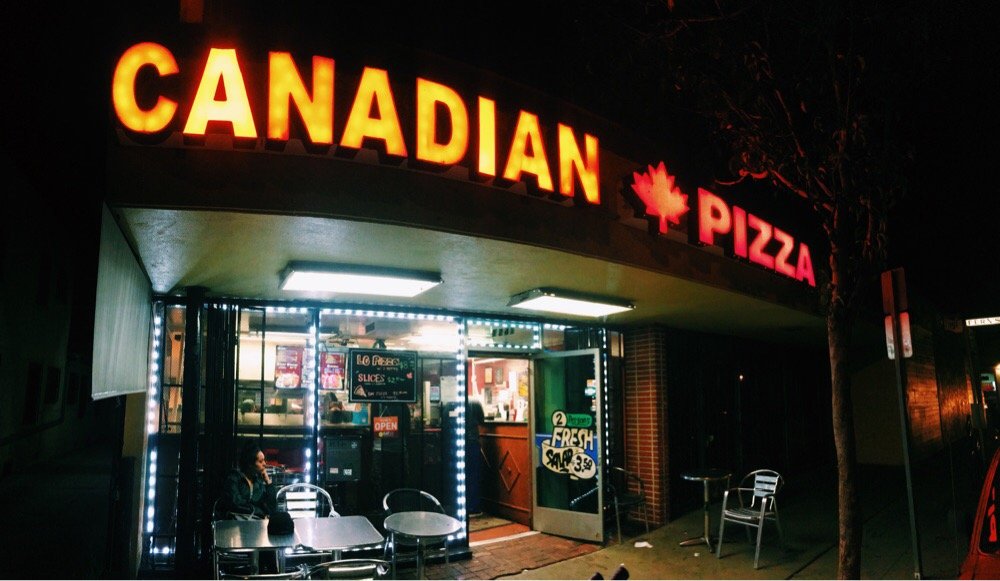
There’s also a place called Canadian Pizza & Grill in Long Beach. I admit I’ve heard of several regional pizza styles including Chicago, French, Neopolitan, New York, Sicilian, and St. Louis, but Canadian is new to me. It seems from their reviews that their most popular offering is the Hawaiian pizza, which I do know was invented neither by Hawaiians nor in Hawaii but rather by Greek-Canadian Sam Panopoulos of London, Ontario.
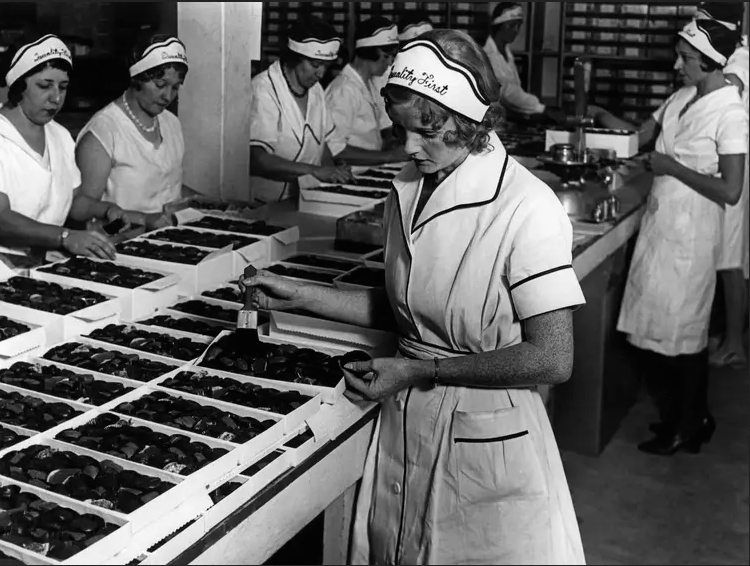
See’s Candies is a beloved confectionary company that was established in Los Angeles in 1921. Its founders were Charles Alexander See II, his wife Florence MacLean Wilson See, and his mother, Mary Wiseman See. The three were immigrants from Canada. The recipes for See’s Candies were developed by Mary See when she worked at her late husband’s hotel on Tremont Island in Ontario. Mary See died in 1939. Charles died in 1949. See’s was the inspiration for the “Job Switching” episode of I Love Lucy, in 1952. In 1962, Cher met Sonny Bono whilst working at a location of See’s. See’s was bought by the Berkshire Hathaway Corporation in 1972. A location of See’s Candies was featured in Huell Howser’s California’s Gold in 1998.
CANADIAN BARS

On the subject of Canadian bars and booze consumption, I was lead to believe by Bob and Doug McKenzie that Canadians were a beer-loving people, which may be true although Americans drink more alcohol per capita. From satellite television, I learned of the existence of Labatt’s Blue and Molson Ice and for a time ice beer seemed to be a thing in the Midwest too — at least with my brother — although he favored domestic Icehouse to Canadian imports.
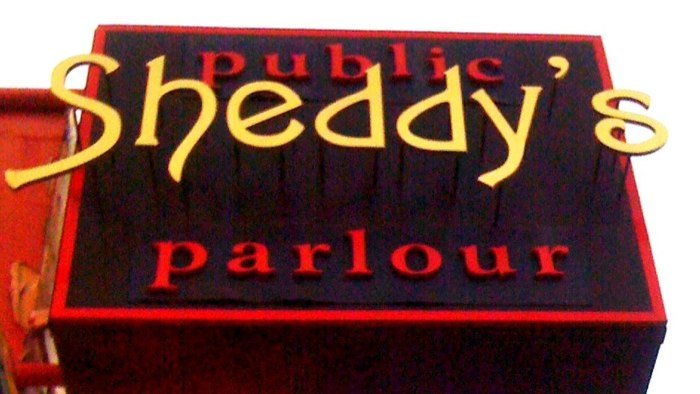
In 2008, there was a bar in Beverly Grove called Sheddy’s which had Canada nights on which they’d screen Kids in the Hall episodes and pints of Moosehead and Molson were $3. I surely would’ve gone had I known of it then, but they closed in 2014.

Nowadays Redondo Beach Café and Jay’s Bar are probably the closest an Angeleno can come to finding something like a Canadian Bar. Redondo Beach Café, opened by Montrealers Kosta and Chris Tsangaris, began as a Greek-American restaurant but over time added smoked meat to the menu, Canadian beers to the tap, and began showing hockey games and hung an Ian Turnbull Maple Leafs jersey on the wall.
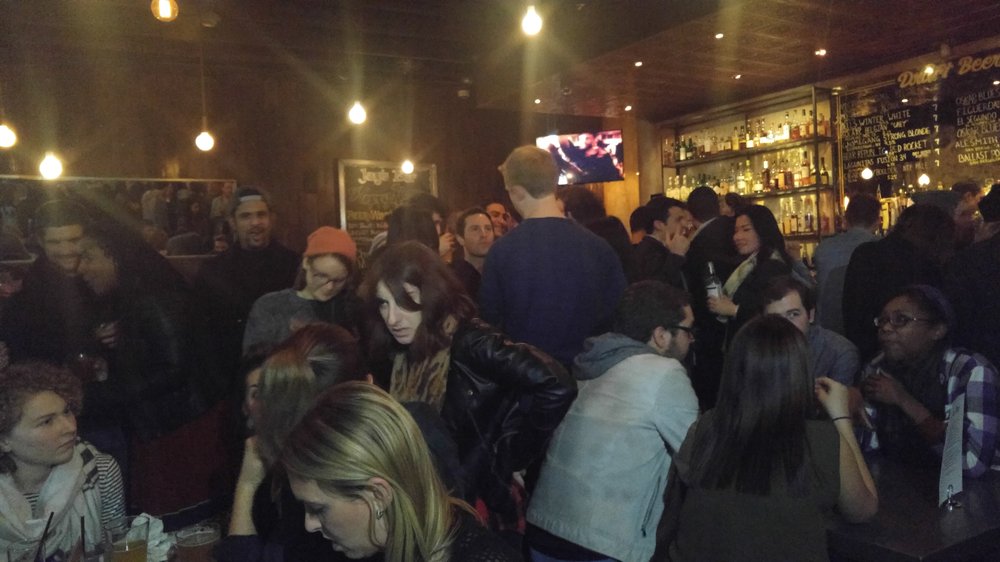
In East Hollywood, near Silver Lake and Los Feliz, Jay’s Bar is owned by Canadian-American Jay Batton. They rotate the beer a lot but regularly, offer a version of poutine, and broadcast hockey games.
CANADIAN-ANGELENO SPORTS FIGURES
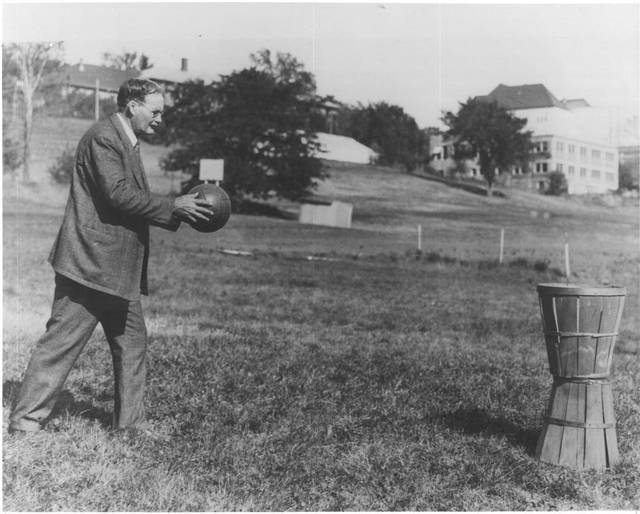
On the subject of hockey, it’s fair to say that when most Americans think of Canadian sports they immediately think ice hockey, which (sure enough) originated in Canada in the 19th Century. Canada is also the birthplace of Lacrosse and Canadian football. That basketball was invented in Canada will probably surprise many but sure enough, Almonte, Ontario-born James Naismith invented the game in 1891.
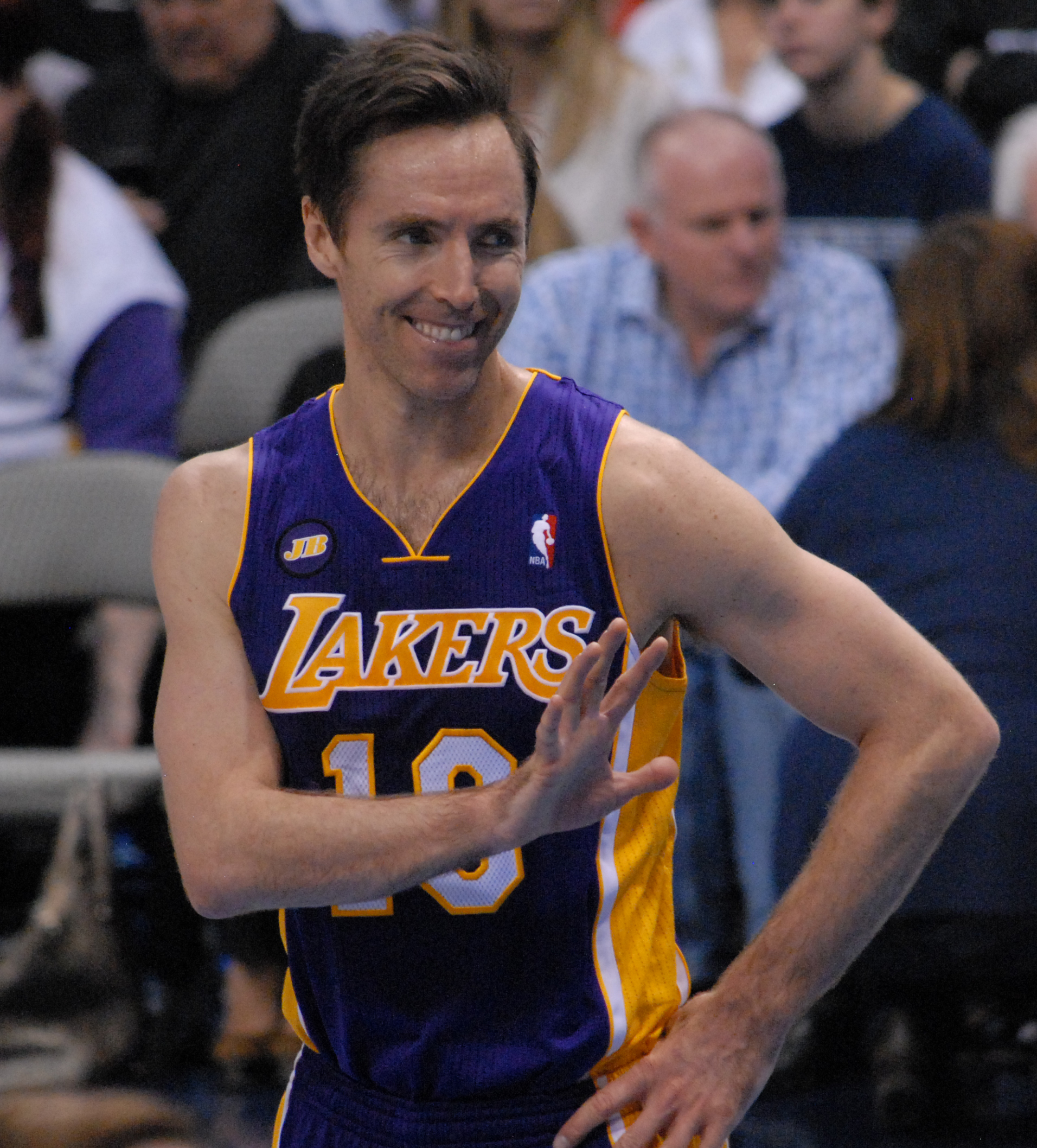
I’m the last guy to come to for sports trivia but I don’t think that there are a lot of famous Canadians in the NBA but I do know that former Laker Steve Nash and current Laker Robert Sacre are Canadian. In Los Angeles hockey, Canadians Wayne Gretzky, Martin Jones, Robyn Regehr, and Tyler Toffoli all played for the Kings. In baseball (a pastime often characterized as a sport) Éric Gagné is a Canadian Dodger. Behind the scenes, Hamilton, Ontario-born Jack Kent Cooke was the former owner of the Los Angeles Lakers, the Los Angeles Kings, the Los Angeles Wolves, and the developer of The Forum in Inglewood.
CANADIAN RELIGION
As of a 2009 poll, 67% of Canadians identified as religious and rates of religious adherence are steadily decreasing. However, a plurality, 39% of religious Canadians, identify as Catholic. Canada has no official church although there are references to God in the Preamble to the Canadian Charter of Rights and Freedoms and the national anthem. The largest Protestant denomination is the United Church of Canada, founded in 1925, followed in size by the Anglican Church of Canada. I don’t believe that either has churches in Los Angeles or possibly outside of Canada; however, one of the most prominent religious figures in Los Angeles’s history was Canadian.
SISTER AIMEE SEMPLE MCPHERSON
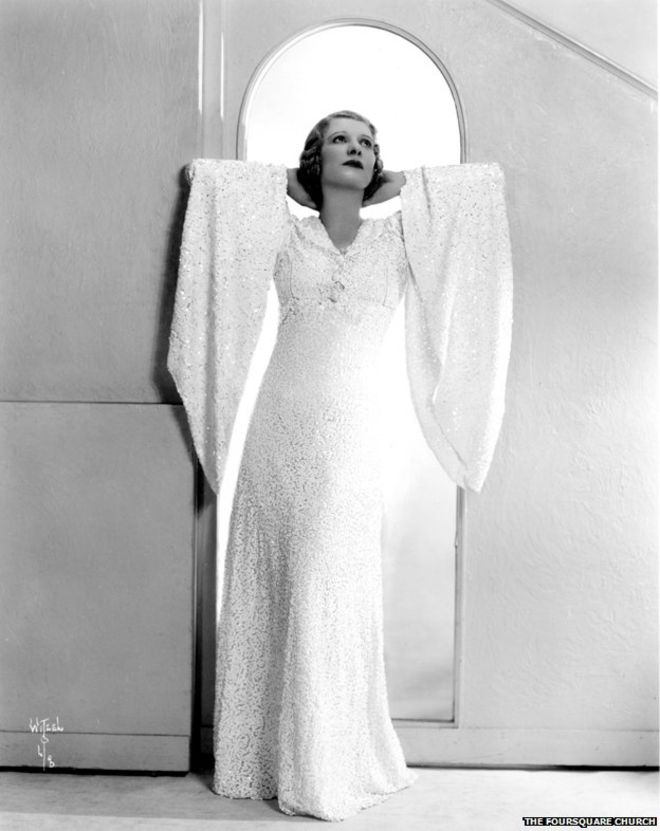
Sister Aimee Semple McPherson was a celebrity evangelist and faith healer in the 1920s and ‘30s who in 1923 founded the International Church of the Foursquare Gospel. She was a pioneer of modern media, using the radio to expand her reach to a massive following from her weekly sermons at Echo Park’s Angelus Temple. Her disappearance and subsequent accusations that she’d fabricated her kidnapping turned her into a national spectacle. Nevertheless, there are still more than 1,000 Foursquare churches with millions of adherents. The Angelus Temple still stands — today home to the Angelus Temple Hispanic Church. McPherson died in Oakland in 1944.
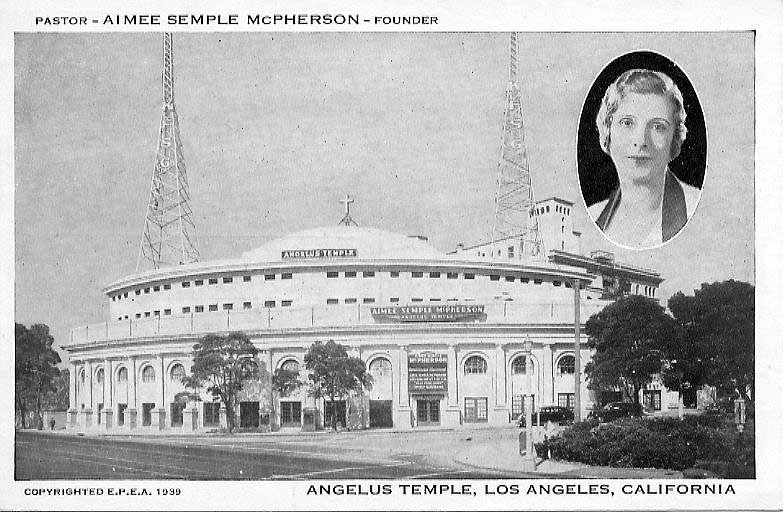
Angelus Temple, the central house of worship of the International Church of the Foursquare Gospel, was constructed for McPherson in Echo Park in 1923. It was designed by architect Brook Hawkins, decorated with stained glass windows created by artist George Haskins, and decorated with a ceiling mural painted by Anne Henneke.
THE CANADIAN BUILDING
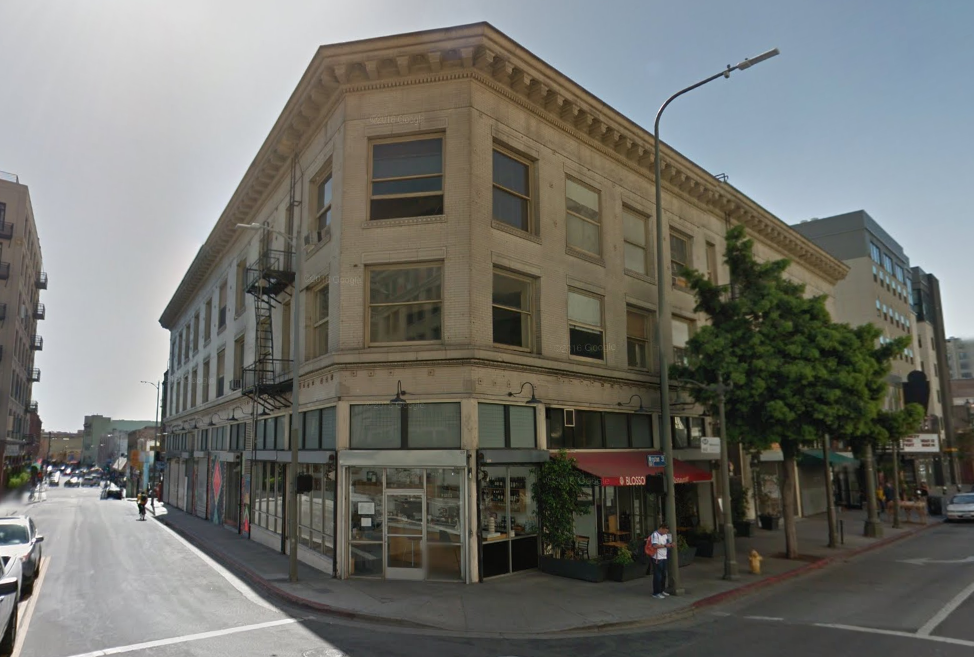
The Canadian Building, (1909, 108-112 E Winston Street) is located in the Toy District and was designed by architecture firm Parkinson and Bergstrom. Lancashire, England-born John B. Parkinson formed his partnership with Neenah, Wisconsin-born G. Edwin Bergstrom in 1905. Their partnership lasted until 1915 when Bergstrom struck out on his own (later designing the Pentagon). I’m not sure why it was called the Canadian Building but my guess is that it was home to a location of the California Canadian Bank.
CALIFORNIA CANADIAN BANK
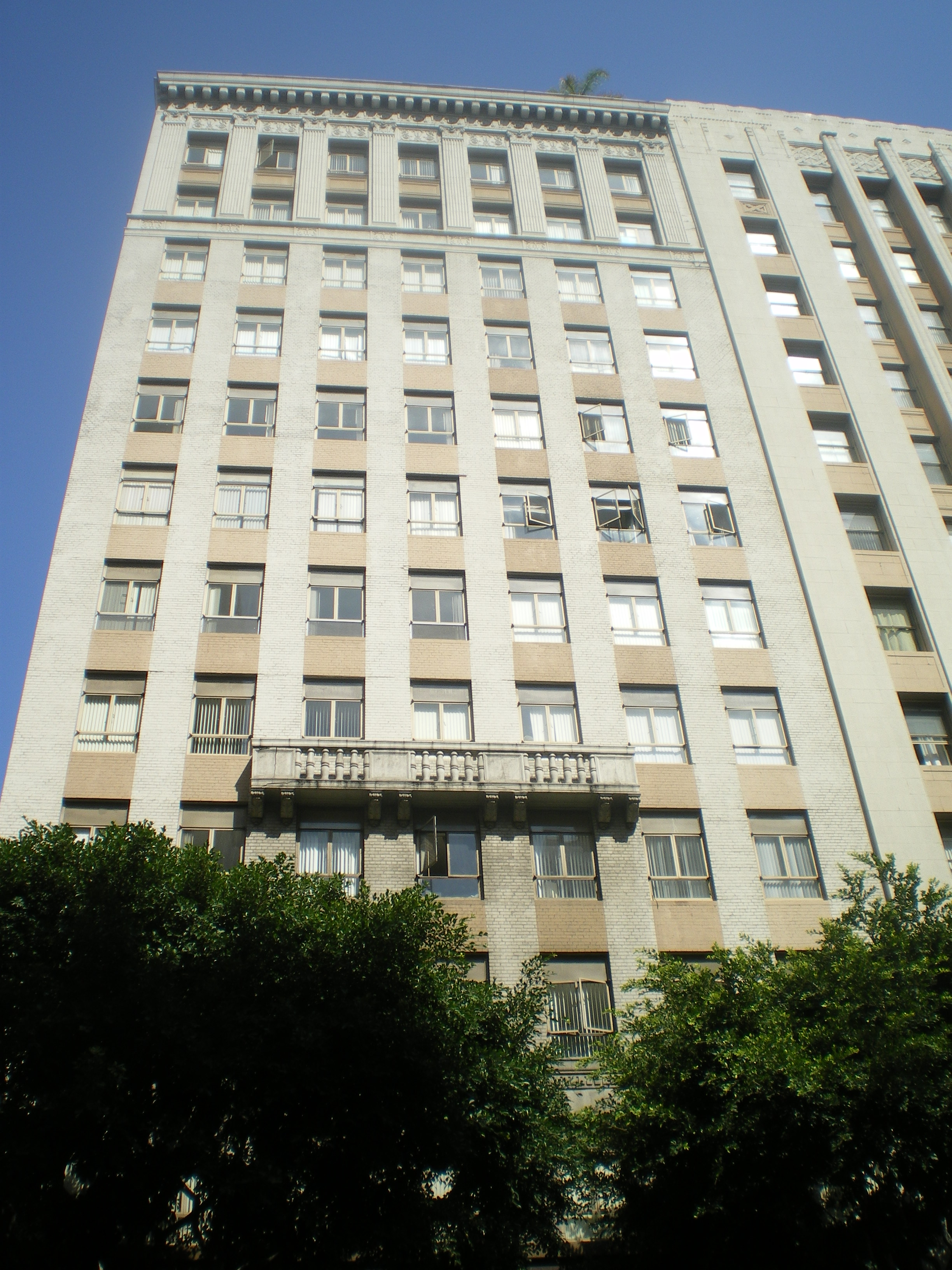
The twelve-story California Canadian Bank (625 S Spring Street) building was completed in 1923. In 1984 it was one of the first two buildings converted into residential lofts in what came to be branded the Old Bank District.
NORMAN W. ALPAUGH
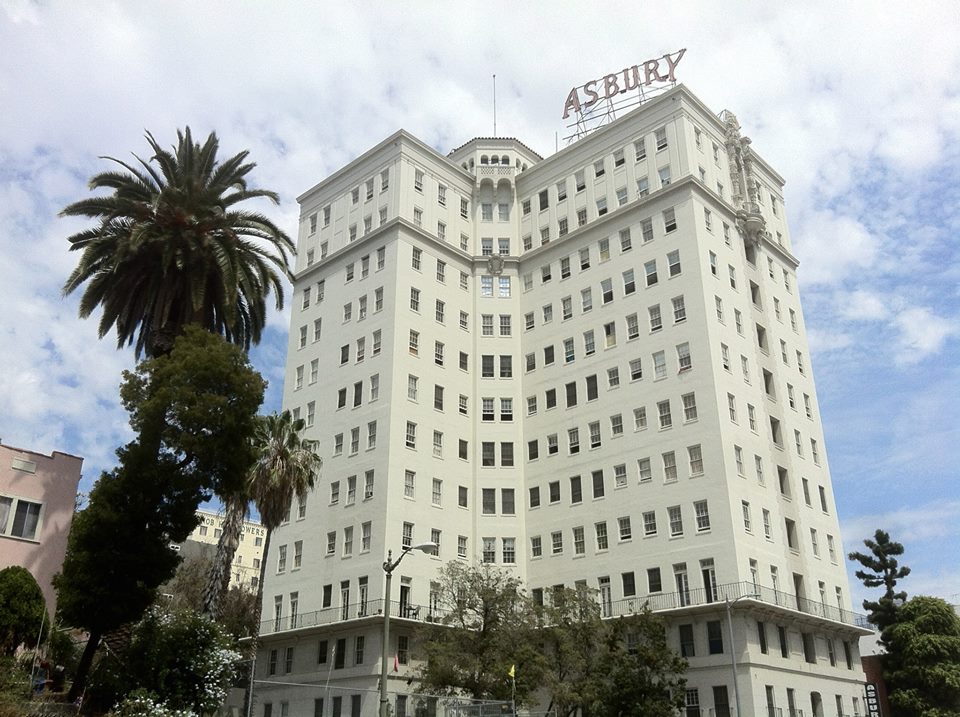
Norman W. Alpaugh was another prominent Canadian-Angeleno architect. Alpaugh was born in Canada around 1885 and moved to Toronto in 1906, where he worked for two years in the office of Robert J. Edwards. By 1912 he was living in Los Angeles and formed the partnership of Russell & Alpaugh with Clarence H. Russell. His most recognized buildings include Park Wilshire Hotel (1924, with Russell) in Westlake, Temple Emanuel (1924, with Russell) in Koreatown, the Asbury Apartments (1925, with Russell) in Westlake, and The Town House Hotel (1929) in Wilshire Center. Alpaugh died on 15 November 1954.
FLORENCE CASLER
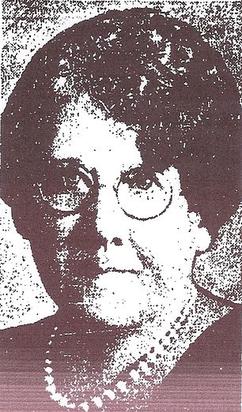
Although not an architect, Florence Casler was a prominent Canadian-American real estate developer and contractor responsible for the construction of dozens of structures in Los Angeles including, perhaps most famously, the twelve-story Gothic Revival and Italian Renaissance Revival Textile Center Building in the Fashion District (designed by William Douglas Lee and completed in 1926). Born Florence Sterk on 30 May 1869 in Welland, Canada, Casler married a plumber who established a business in Buffalo, New York, before abandoning the family to seek fortune in gold mines. He returned with $700 but during his eight-year absence, Casler had obtained her license as a plumber expert and built a thriving business. After her husband died in 1921, Casler relocated to Los Angeles and went into business as a builder and developer. Her projects include the Allied Crafts Building, the Bendix Building, the Garment Capitol Building, and the Mac Printing Co. Building. She was also, as the head of Peoples Bank of Los Angeles, the only female director of a bank in Los Angeles. She died in Yolo in on 15 March 1954.
FRANK GEHRY
The most famous Canadian-Angeleno architect is undoubtedly Frank Gehry. Gehry was born Frank Owen Goldberg in Toronto, has designed numerous recognizable buildings in Los Angeles including Theater Row’s late modern Danziger Studio (1965), Westwood’s Student Placement and Career Planning Center (1977), Westlake’s postmodern Loyola Law School campus (1978-1980), Santa Monica’s deconstructivist Gehry House (1978-1992), Beverly Grove’s deconstructivist Gemini G.E.L. (1979), San Pedro’s deconstructivist Cabrillo Marine Aquarium (1981), University Park’s Air and Space Gallery, California Science Center (1984), Venice’s deconstructivist Arnoldi Triplex (1981) and Norton Residence (1984), Toluca Lake’s Late Modern Wells Fargo (1982), and Bunker Hill’s Walt Disney Concert Hall (2003), to name several. The 2006 documentary, Sketches of Frank Gehry, included interviews with sixteen admiring men, including Hollywood celebrities. The architect is currently involved in the revitalization of the 77 kilometer long Los Angeles River.

CANADIAN ORGANIZATIONS
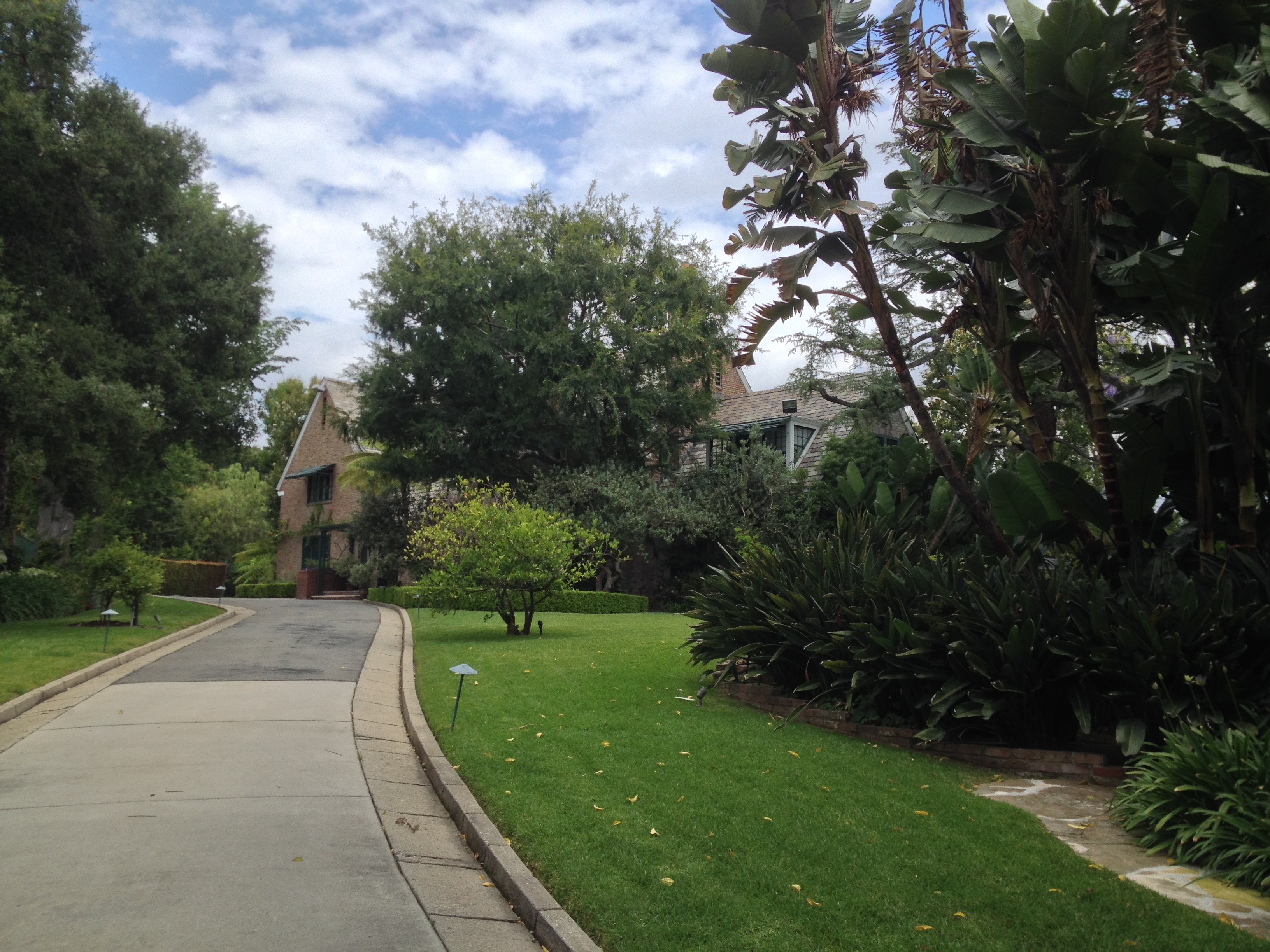
The offices of the Consulate General of Canada in Los Angeles are located on the ninth floor of 550 South Hope Street, in the Financial District. Nearby is Manulife Plaza, the property of which hosts a Christopher Keene sculpture titled Salmon Run. Manulife is a Toronto-based insurance company and financial services, provider. The Canadian Consulate’s residence, meanwhile, is located in Hancock Park. Organizations serving Canadian-Angelenos include Canadians Abroad, Québécois a Los Angeles, Canadian Society of Southern California, French-Canadian Heritage Society of California, Canadians Moving to LA, and Canada in L.A. It appears that Canadians at Caltech and Southern California Canadians are no longer active.

As always, additions and corrections are encouraged. Just leave a comment.
Eric Brightwell is an adventurer, essayist, rambler, explorer, cartographer, and guerrilla gardener who is always seeking paid writing, speaking, traveling, and art opportunities. He is not interested in generating advertorials, cranking out clickbait, or laboring away in a listicle mill “for exposure.”
Brightwell has written for Angels Walk LA, Amoeblog, Boom: A Journal of California, diaCRITICS, Hidden Los Angeles, and KCET Departures. His art has been featured by the American Institute of Architects, the Architecture & Design Museum, the Craft Contemporary, Form Follows Function, Los Angeles County Store, the book Sidewalking, Skid Row Housing Trust, and 1650 Gallery. Brightwell has been featured as subject in The Los Angeles Times, Huffington Post, Los Angeles Magazine, LAist, CurbedLA, Eastsider LA, Boing Boing, Los Angeles, I’m Yours, and on Notebook on Cities and Culture. He has been a guest speaker on KCRW‘s Which Way, LA?, at Emerson College, and the University of Southern California.
Brightwell is currently writing a book about Los Angeles and you can follow him on Ameba, Duolingo, Facebook, Goodreads, Instagram, Mubi, and Twitter.




This is impressive, great read too. I salute you from the great white north – ex LA dwelling Canuck and Amoeba patron here.
LikeLike
Glad that you liked it! It’s embarrassing to me how little most Americans think about our neighbor to the north… especially when so many of us are obsessed with our neighbor to the South!
LikeLike
WTF? I live in Monrovia…How depressing to learn that there was once a Canadian restaurant here and closed 2 years before I moved in. Sigh. And even more depressing to learn that Soliel in Westwood closed it’s doors. They made a great poutine. I miss my people…and Canadian food. Did you guy know that Subway is now carrying dill pickle chips? It’s about time. Where would one go in Los Angeles to hang with fellow Canucks aside from that bar in Redondo Beach, since I love no where near there? There’s gotta be like a Candian meet-up group or something. I have a 3 year old son who’s half Canadian and it would be cool to make some Canadian friends who have kids.
LikeLike
Meetup seems like a good place to start. Have you tried Canadians Abroad? (https://www.canadiansabroad.com/)
Are dill pickle chips originally Canadian? My introduction to them was when I was living in Iowa. The brand was Old Dutch, a Minnesota-based company. After that I always associated them with the North whereas salt & vinegars used to be almost impossible to find outside of the South. I love ’em both. Good luck and let me know if you have success in connecting with Canucks!
LikeLike
Hi, I enjoyed your article, good research. Regarding the section on religion.
The Anglican church of Canada is the same as the Church of England (in England). It came about when Henry V!!! who was Catholic wanted an annulment to remarry to get a male heir.
When the pope said no he broke from the Catholic church and declared himself the head of a new church of England. English civil wars ensued and until the 19th century the catholic organization was illegal.
USA has the Episcopal church which is the same as Anglican.
The United Church of Canada is an amalgamation of Methodist, Presbyterian and Congregational churches.
The USA has the United church of Christ which is protestant, reformed and congregational.
Also Old Dutch has had a plant in Winnipeg, Manitoba since 1954 that manufactures for all of Canada. They used to make dill pickle, don’t know about now. And also Ketchup chips and salt and vinegar.
LikeLiked by 1 person